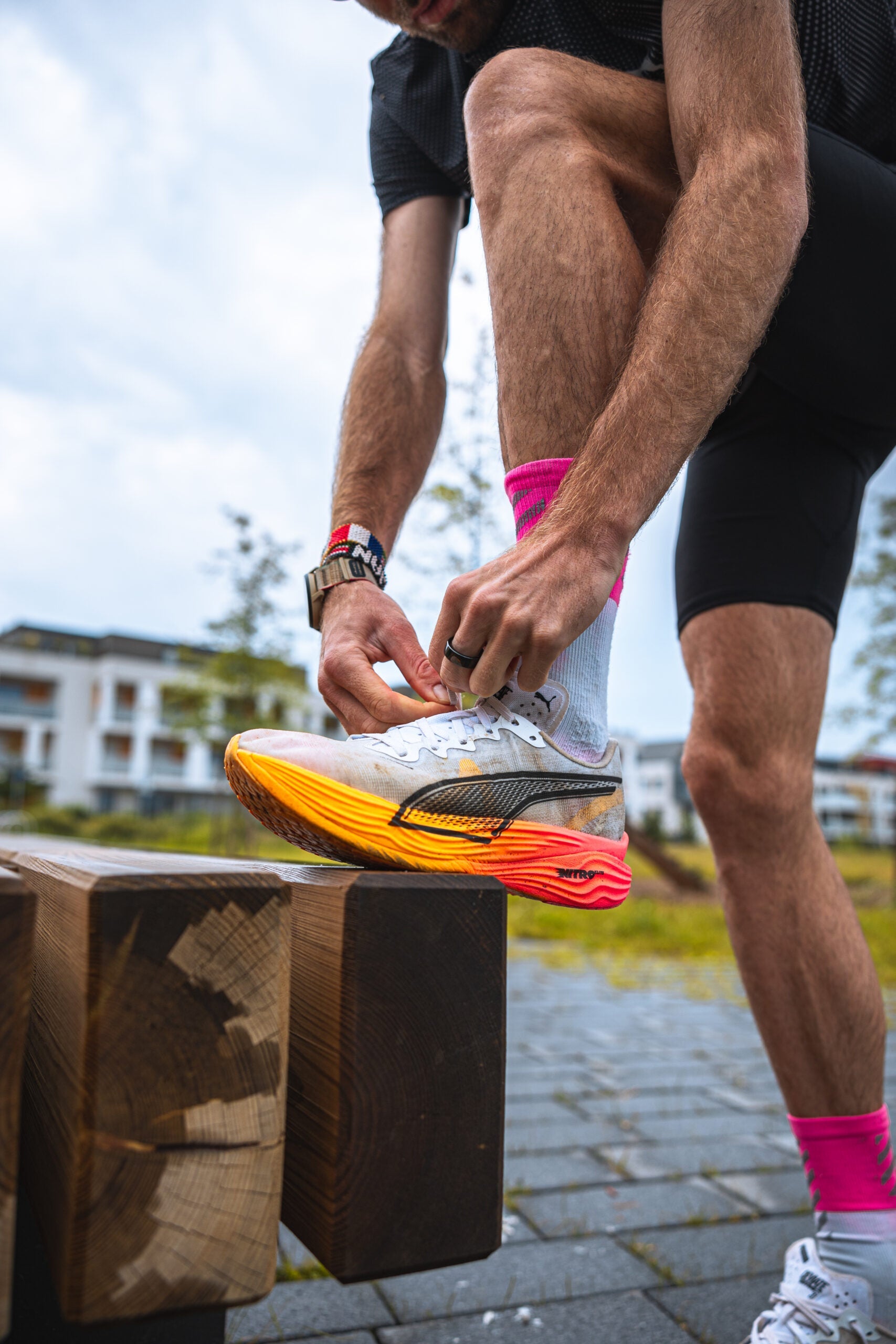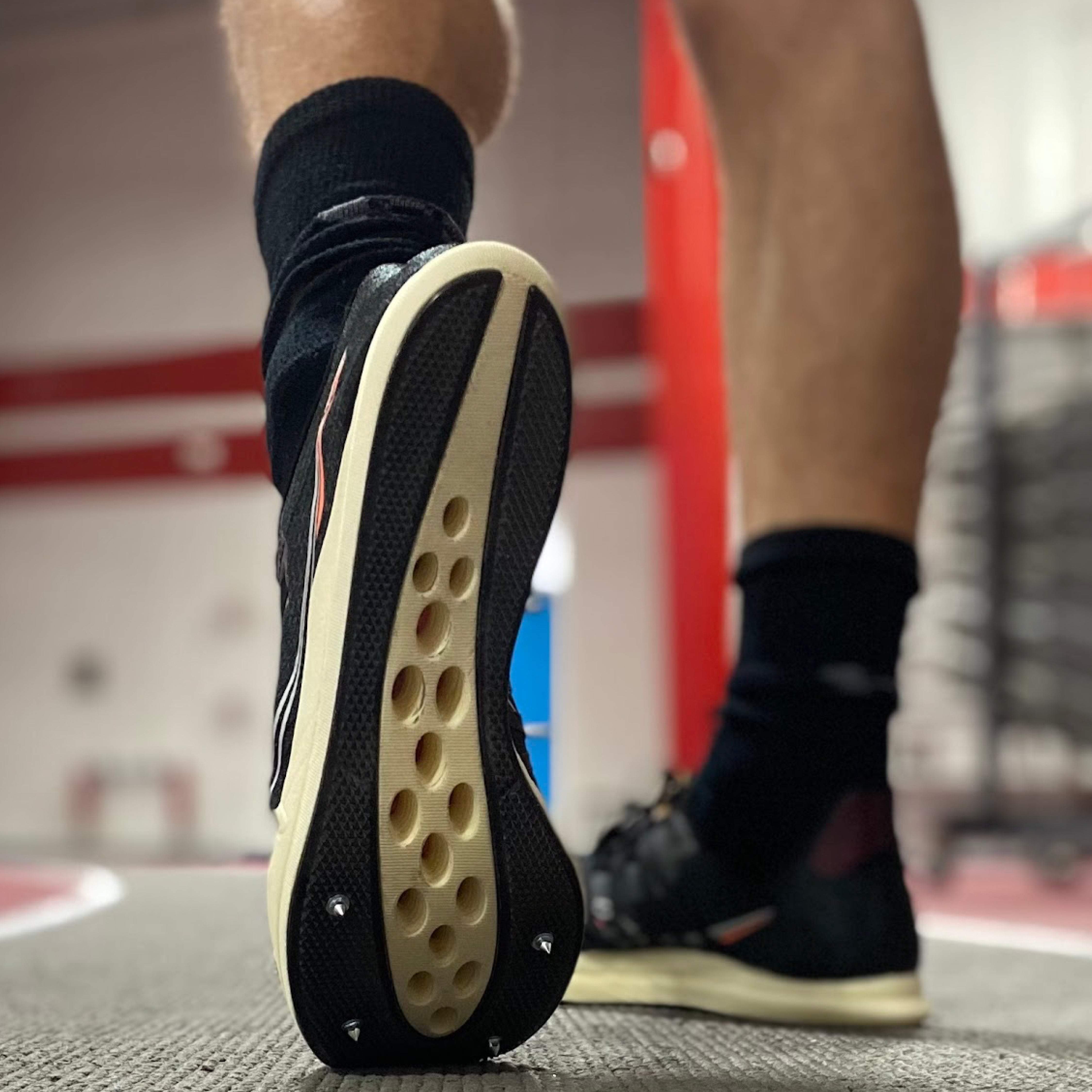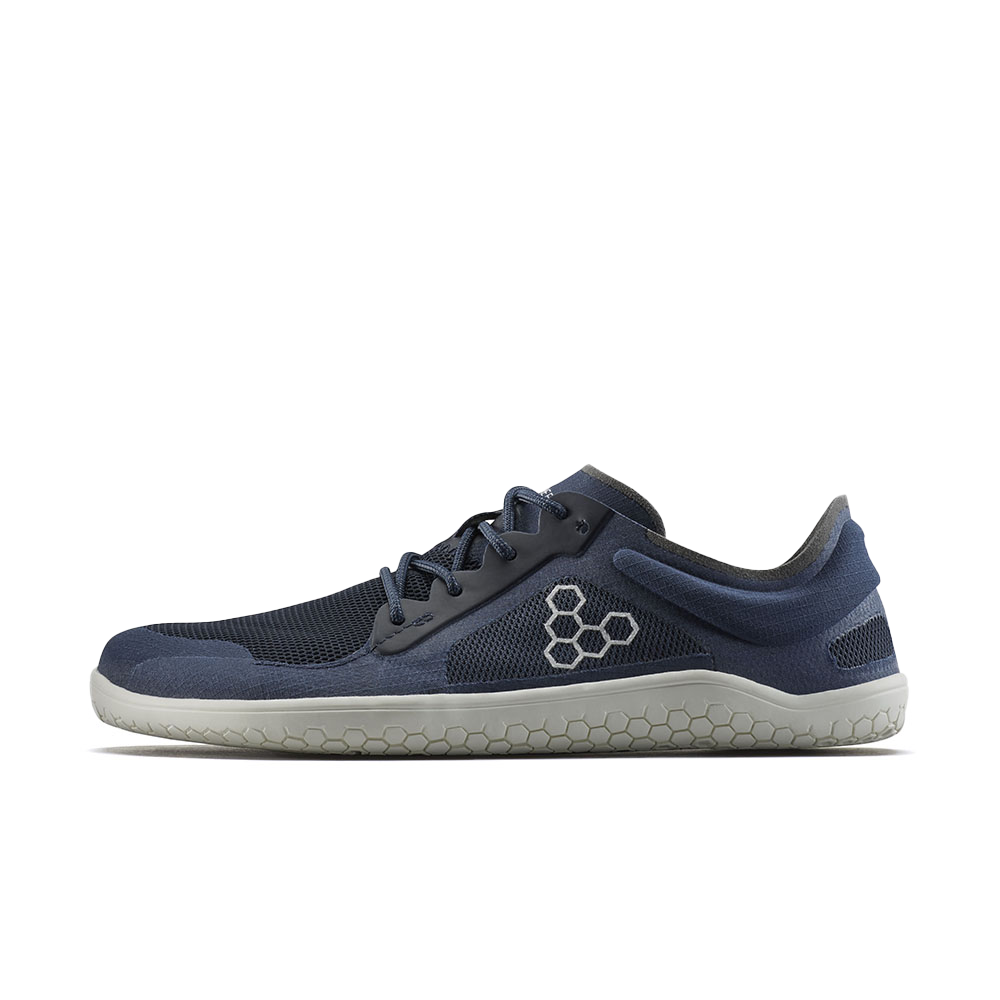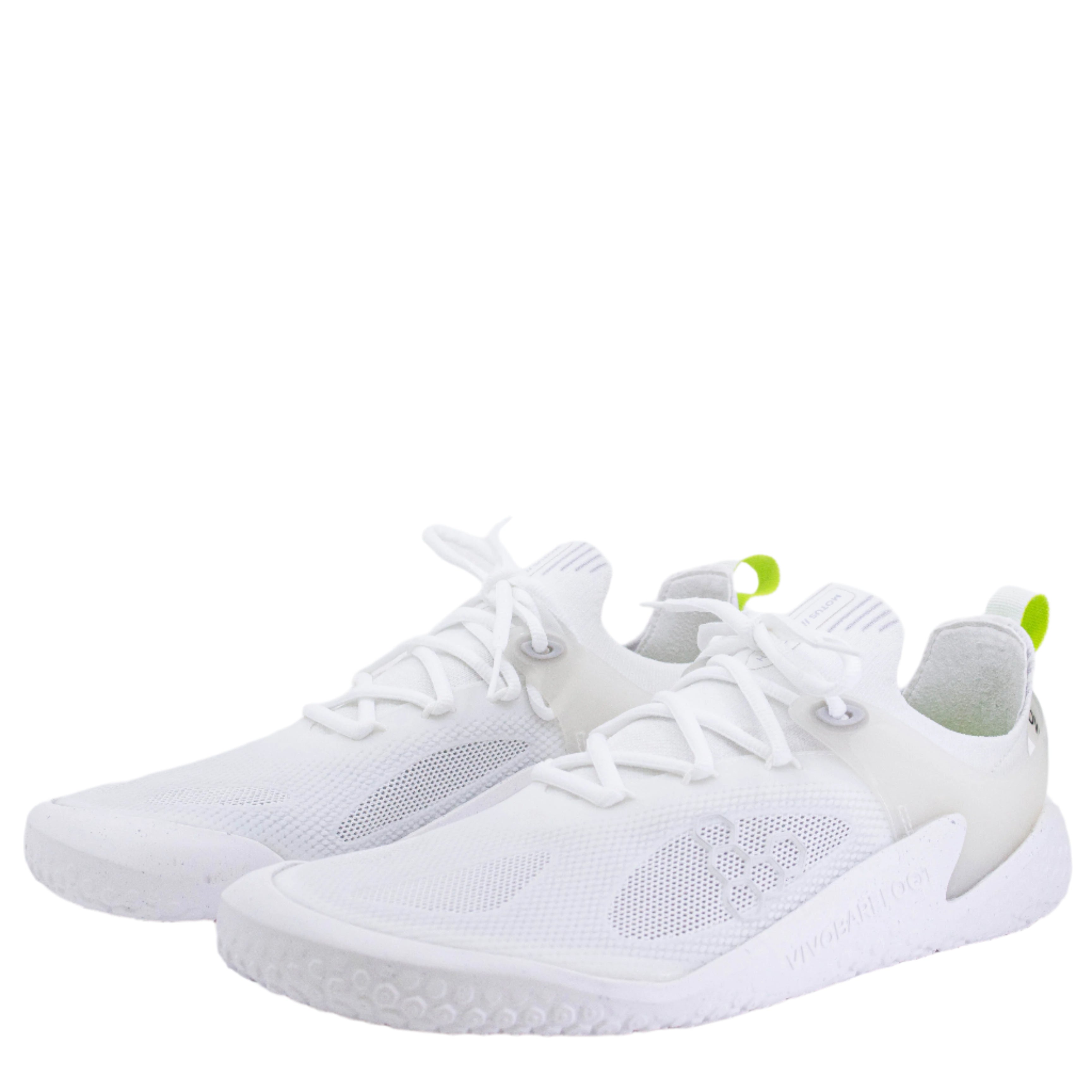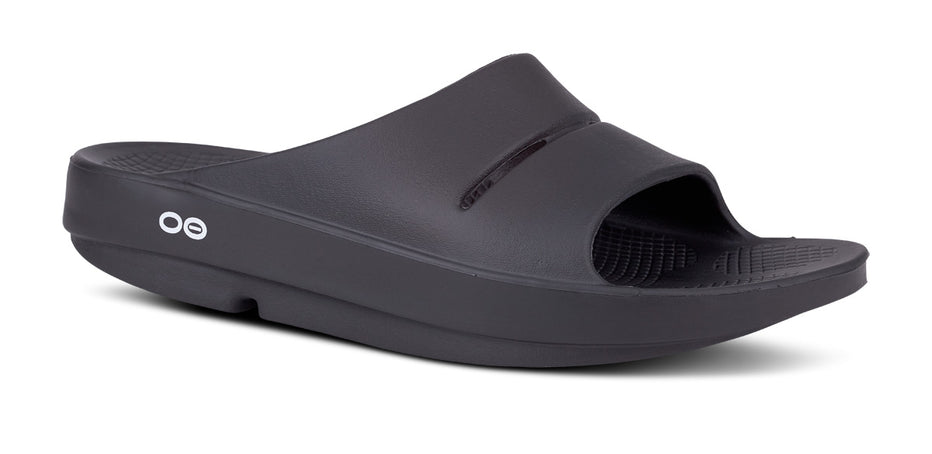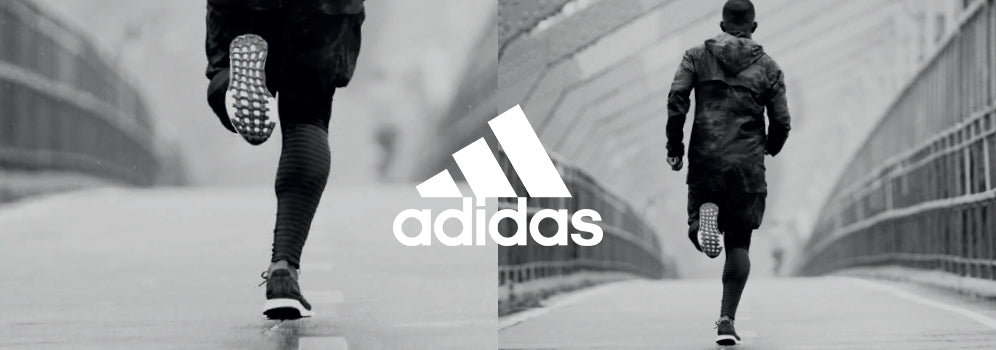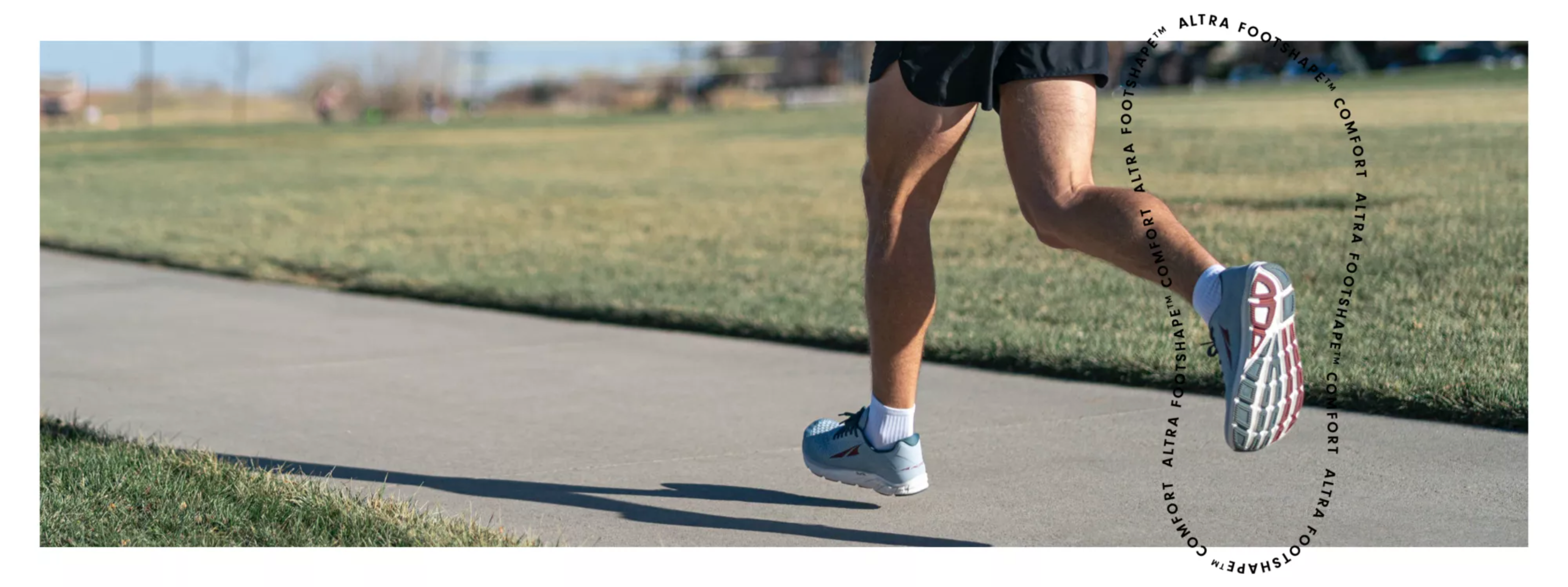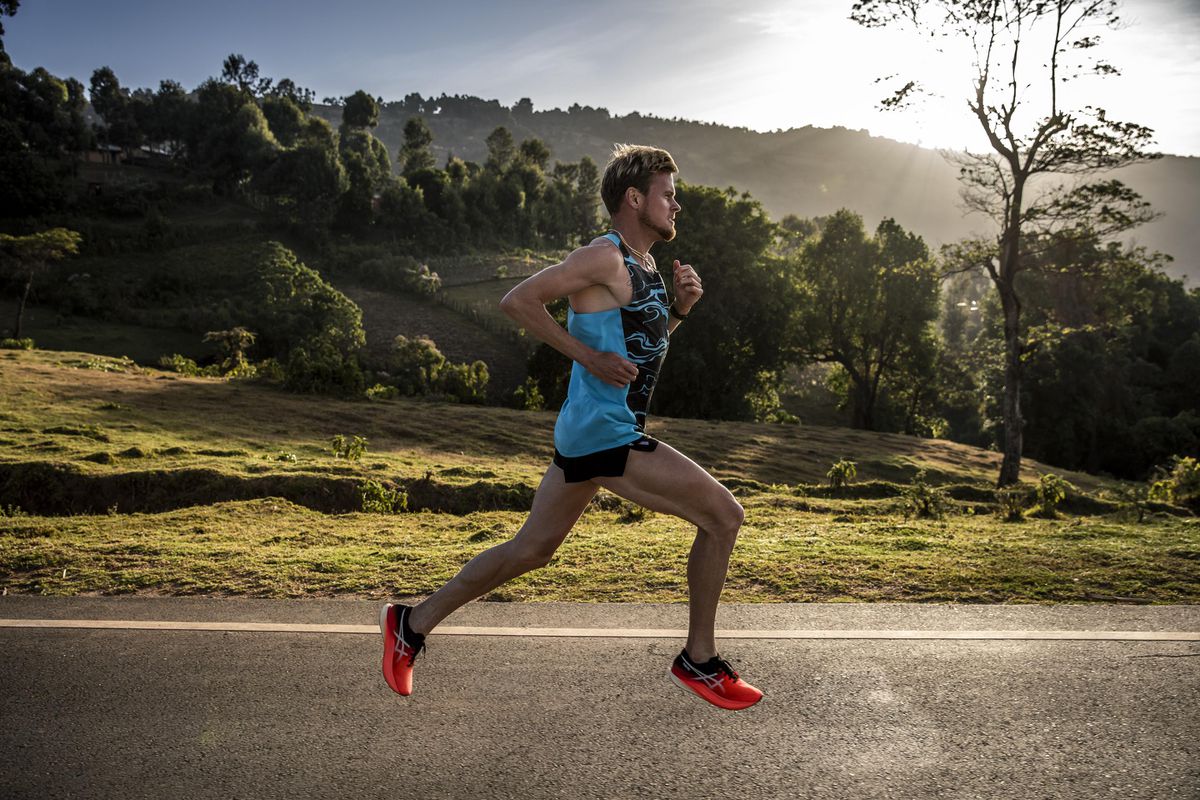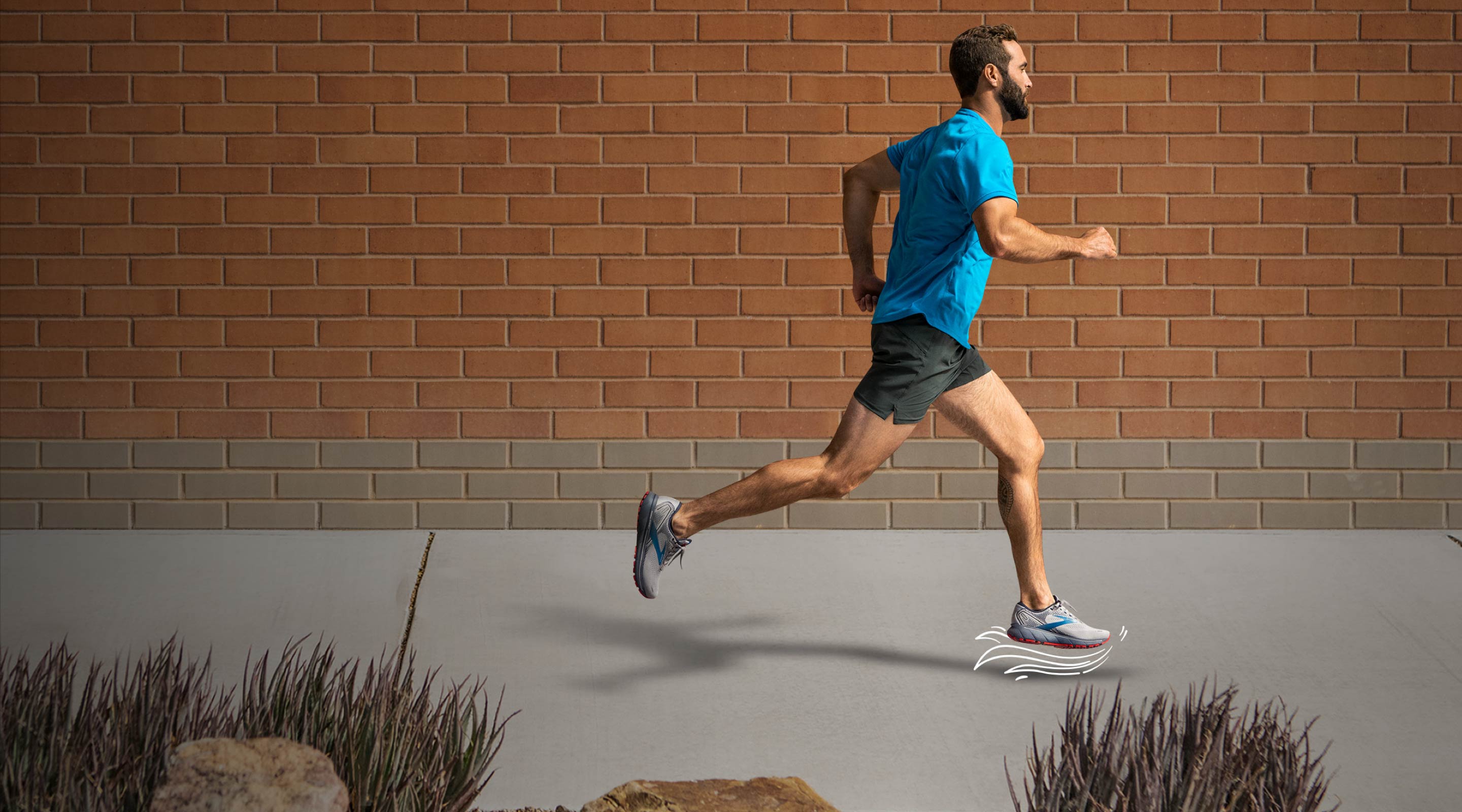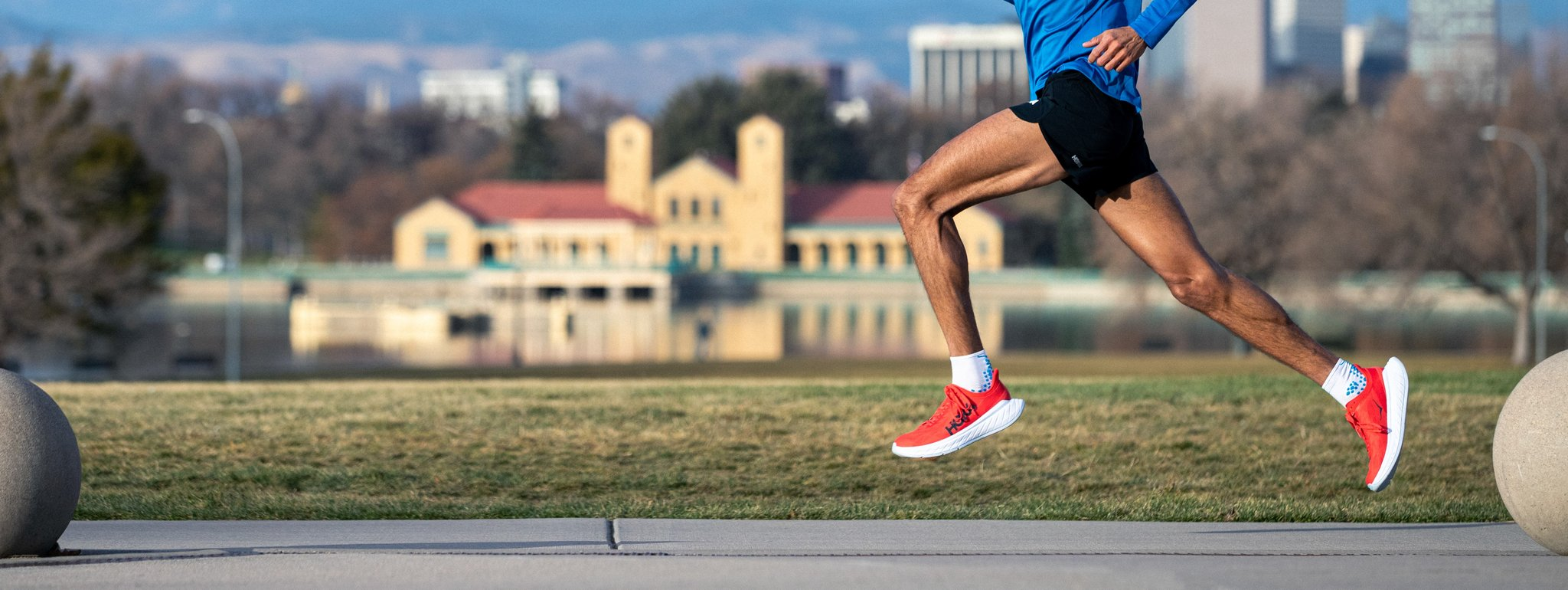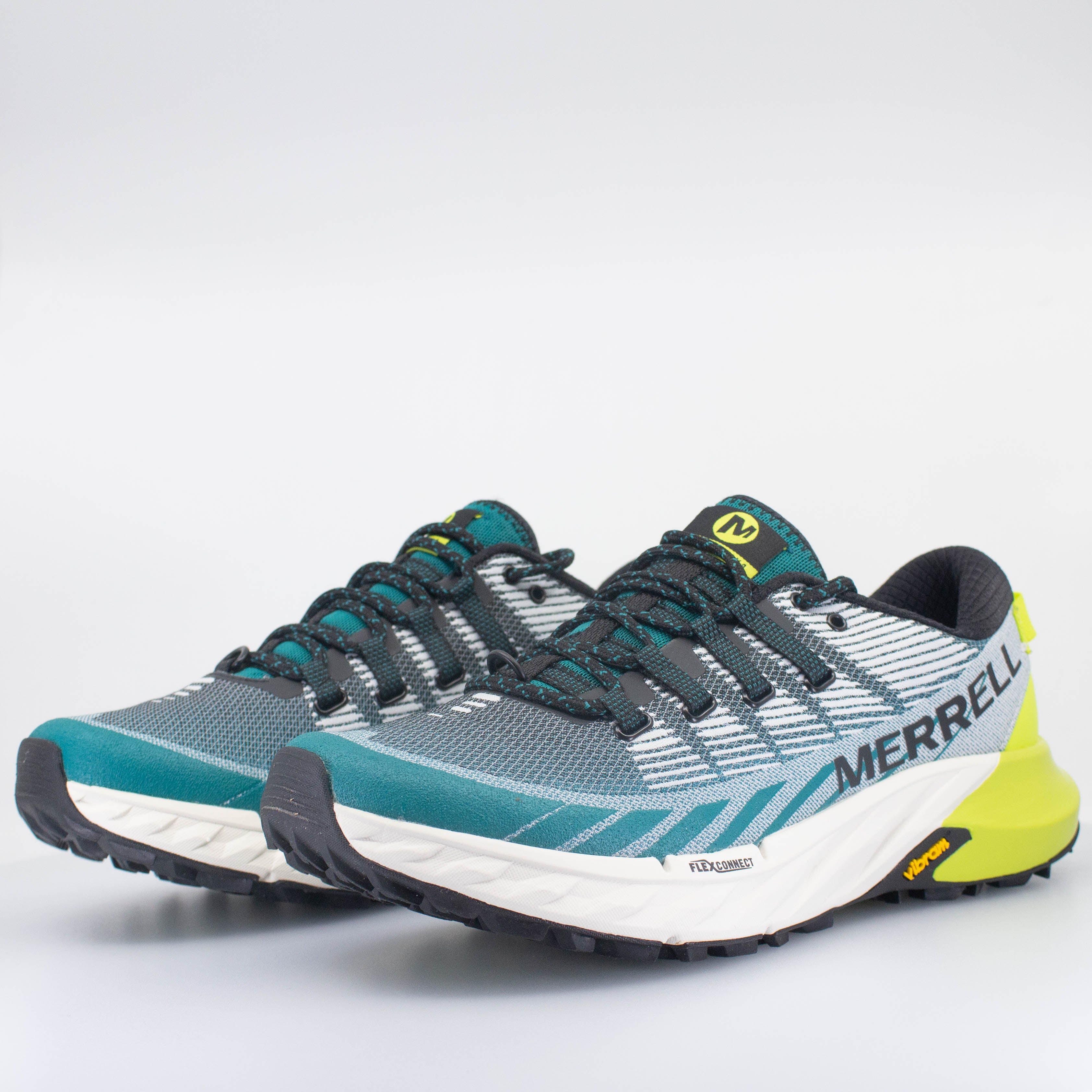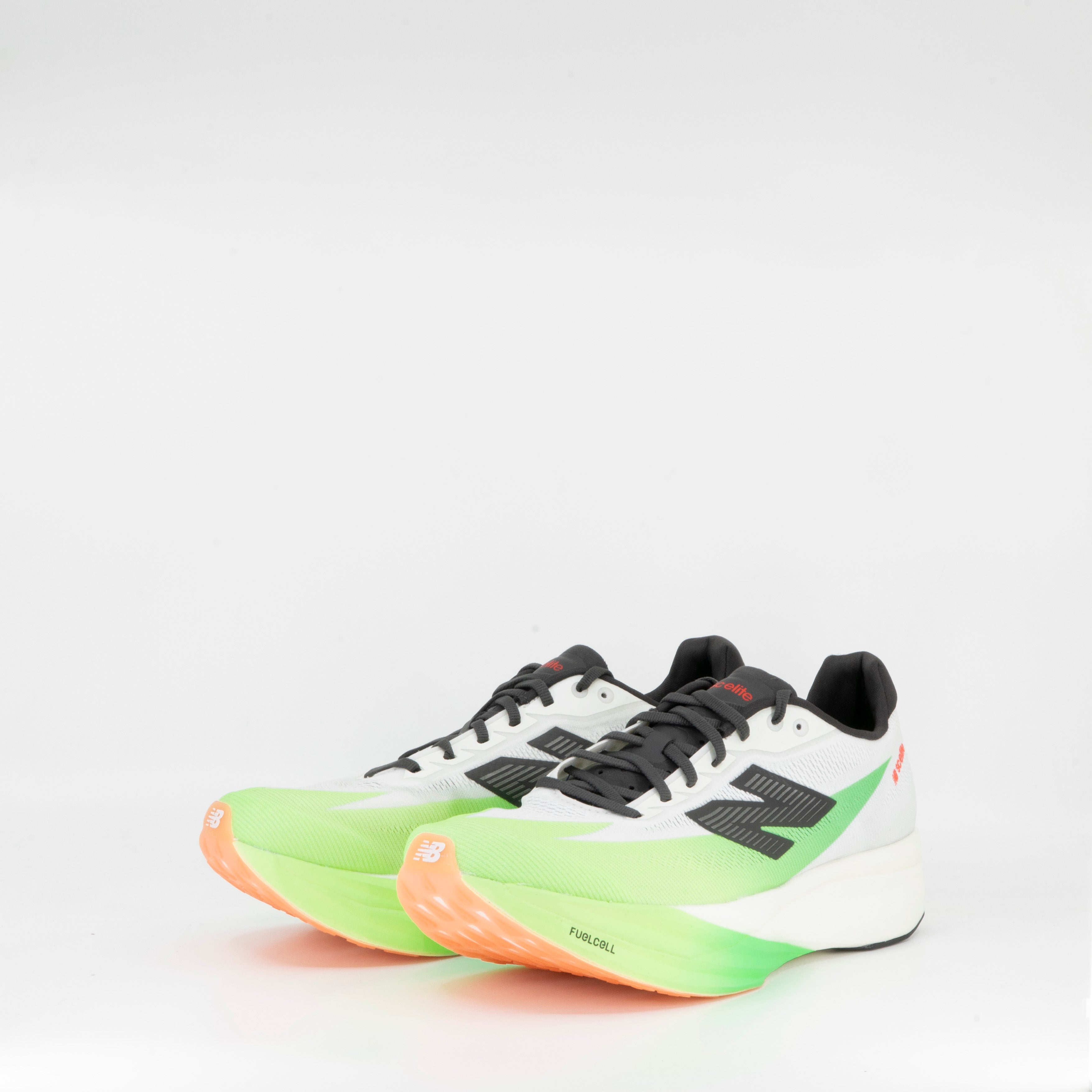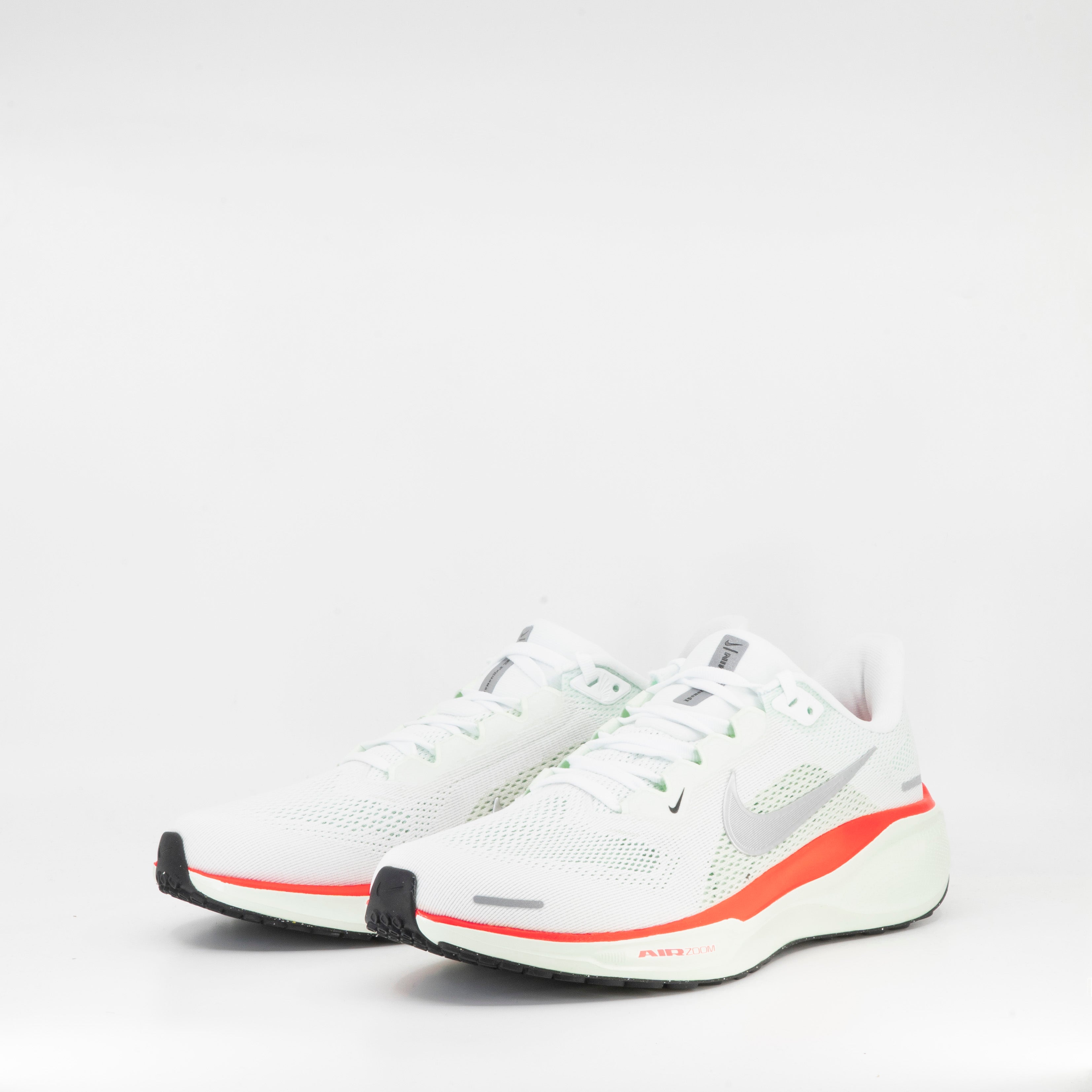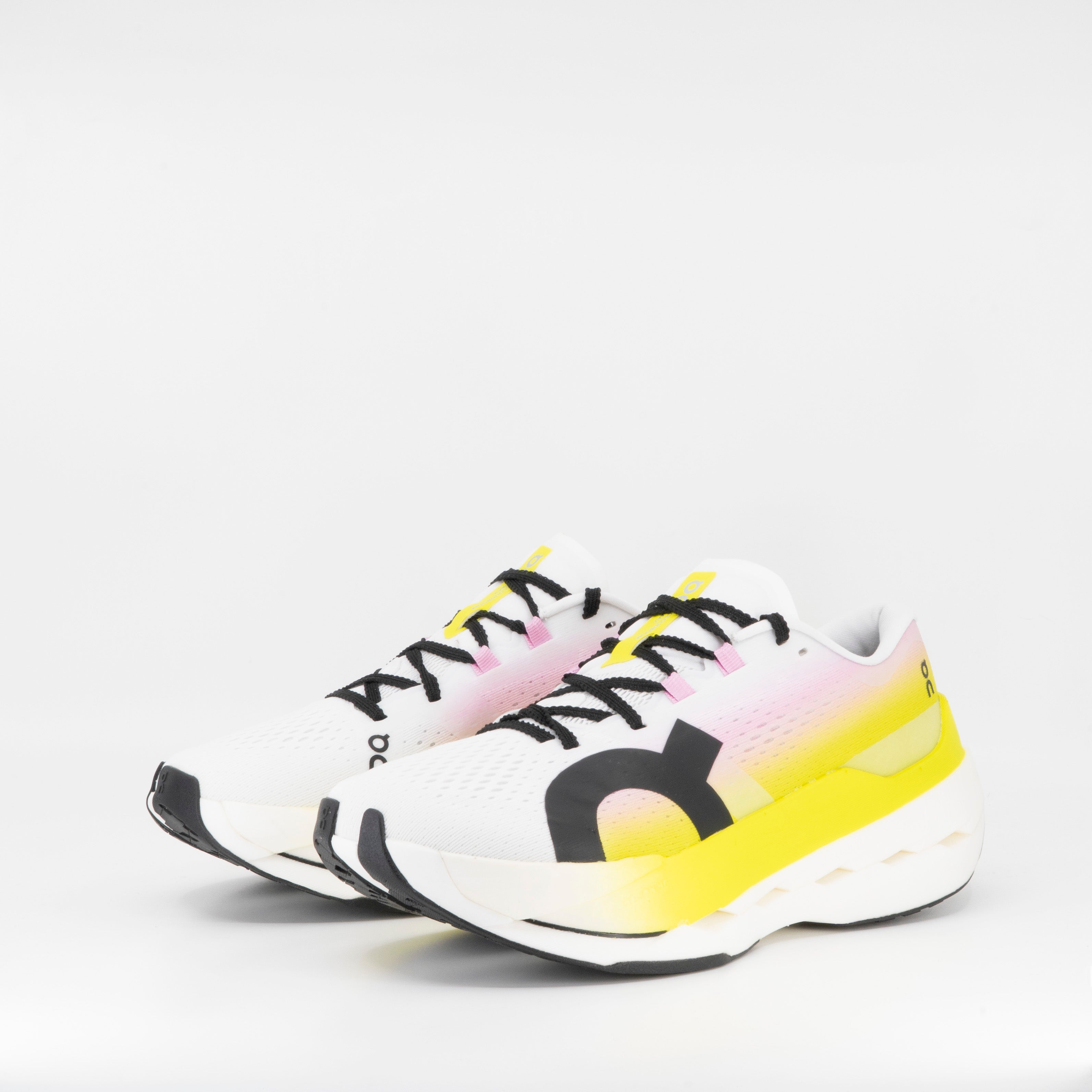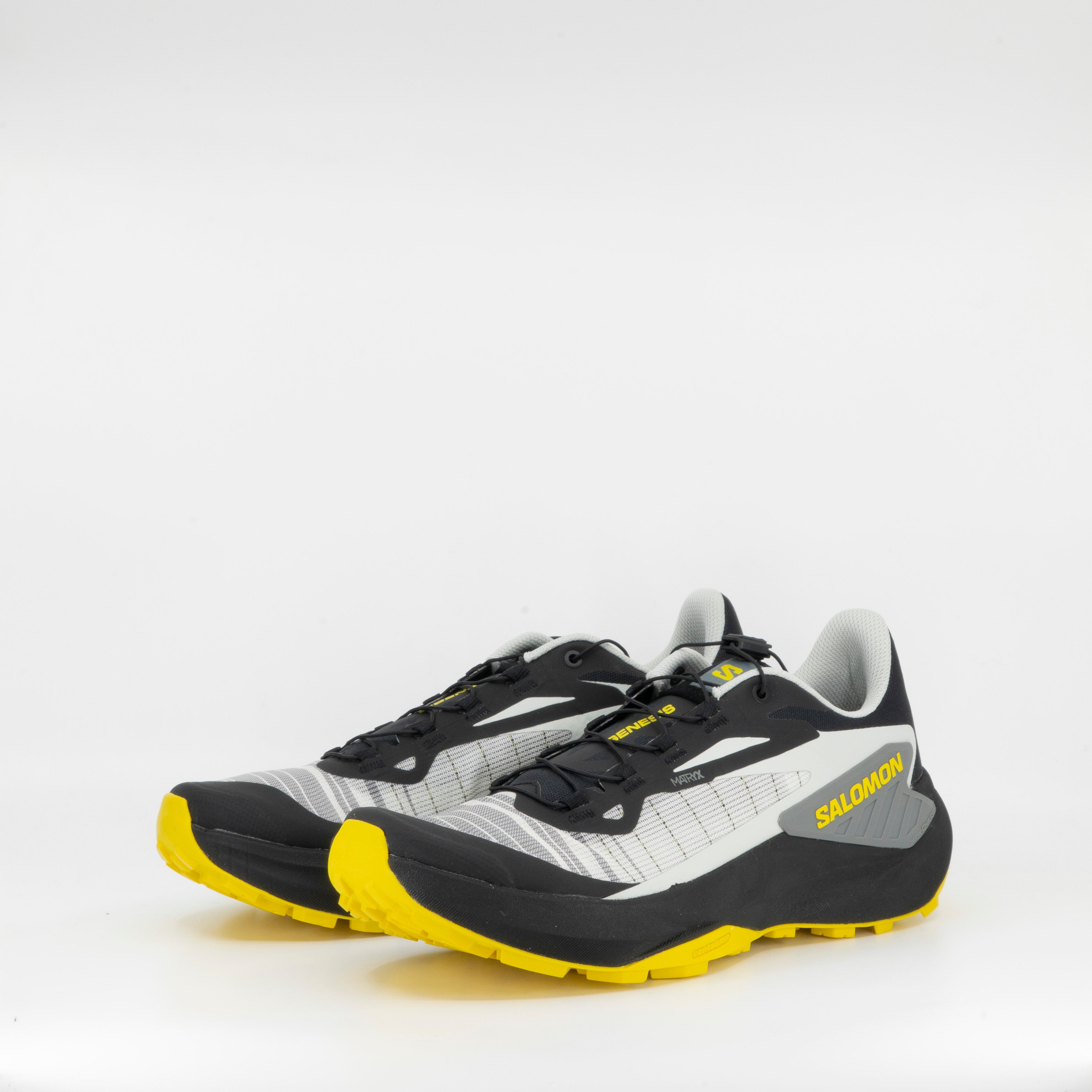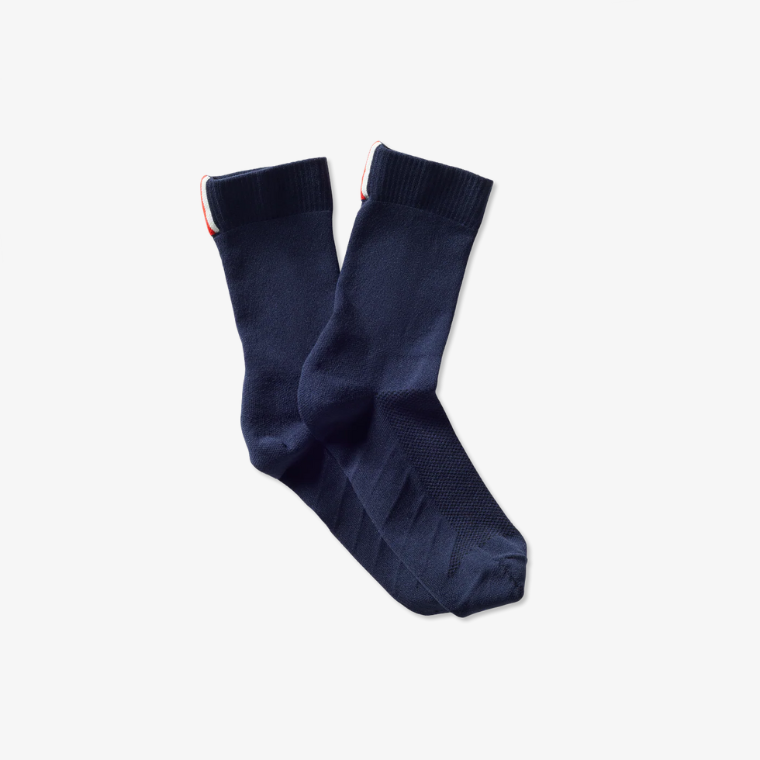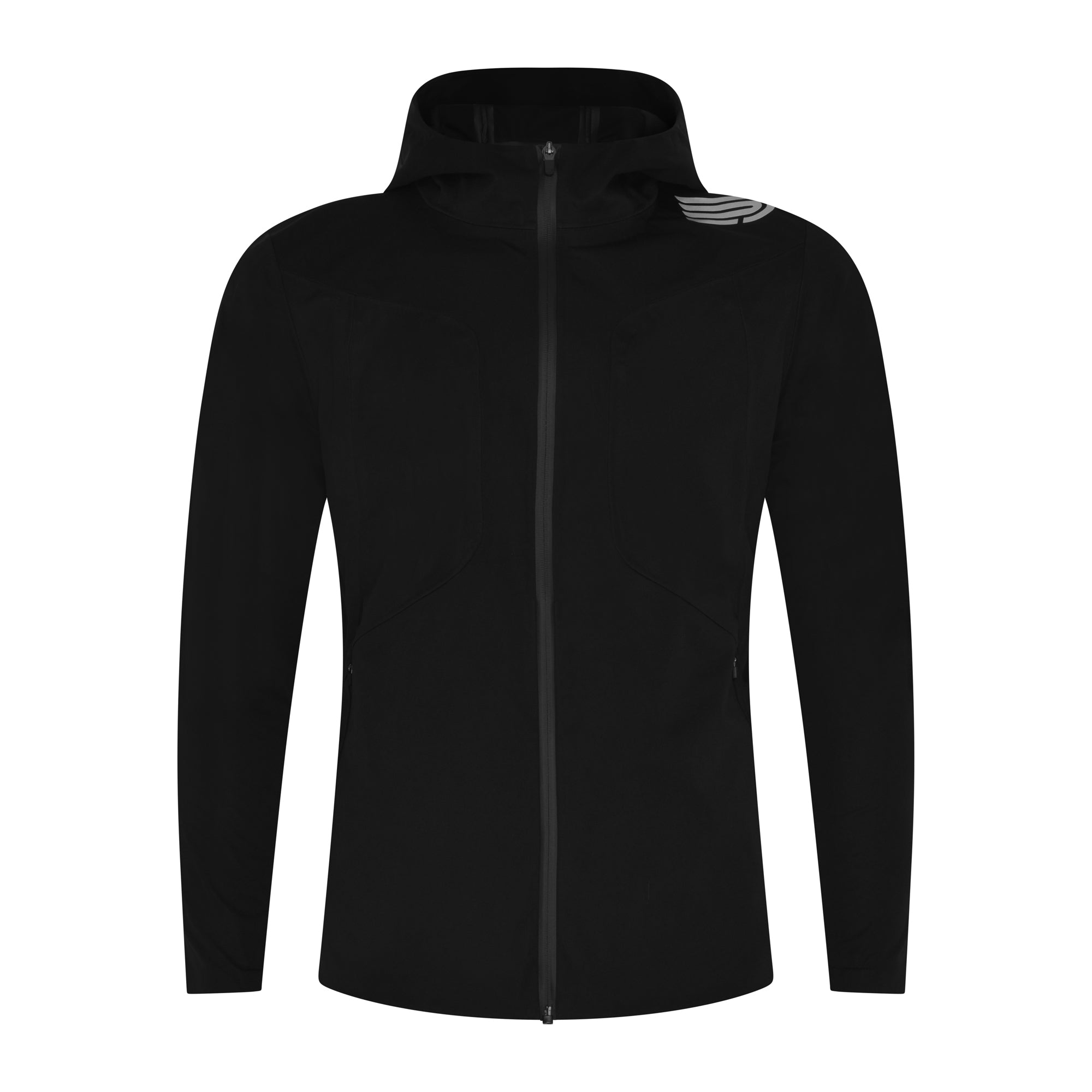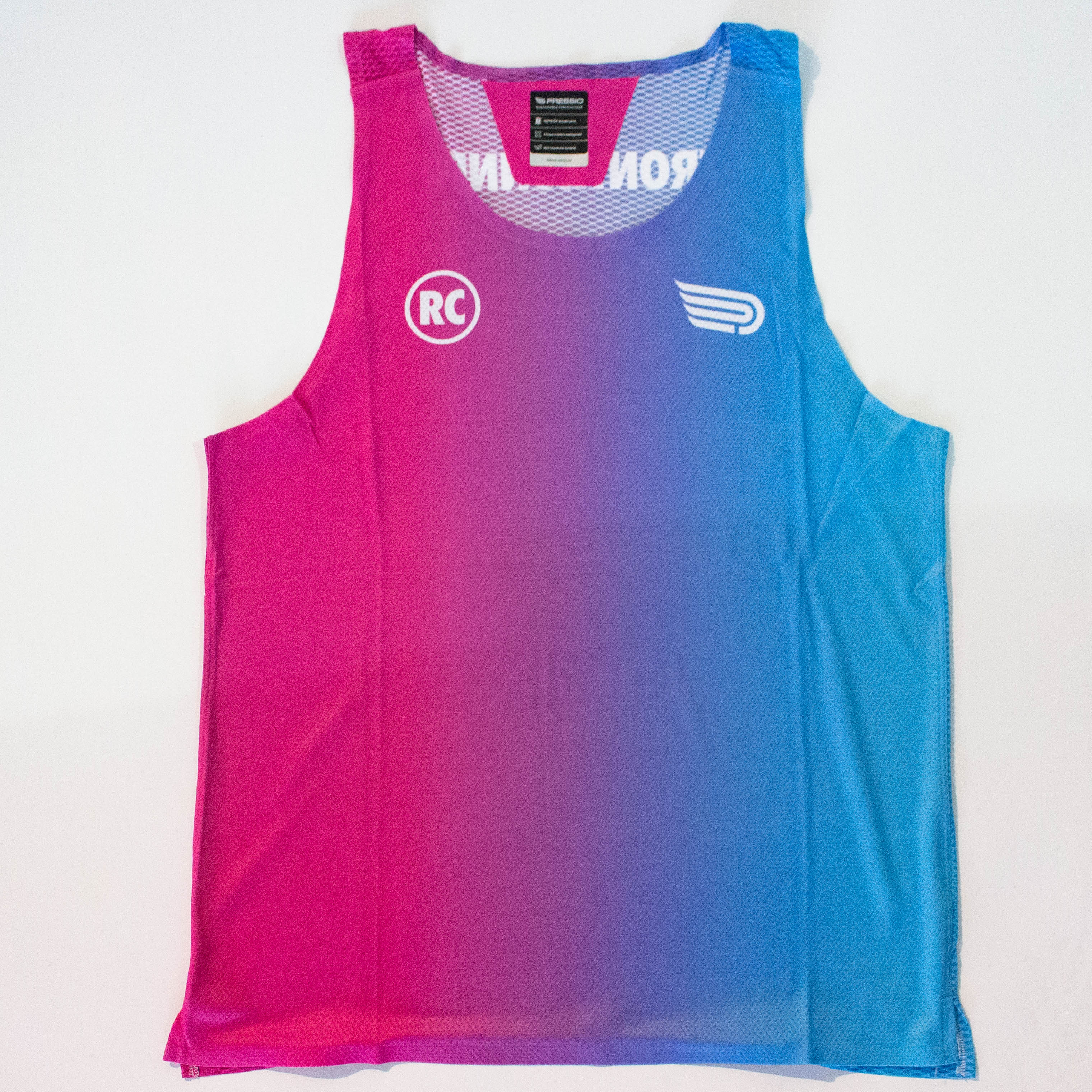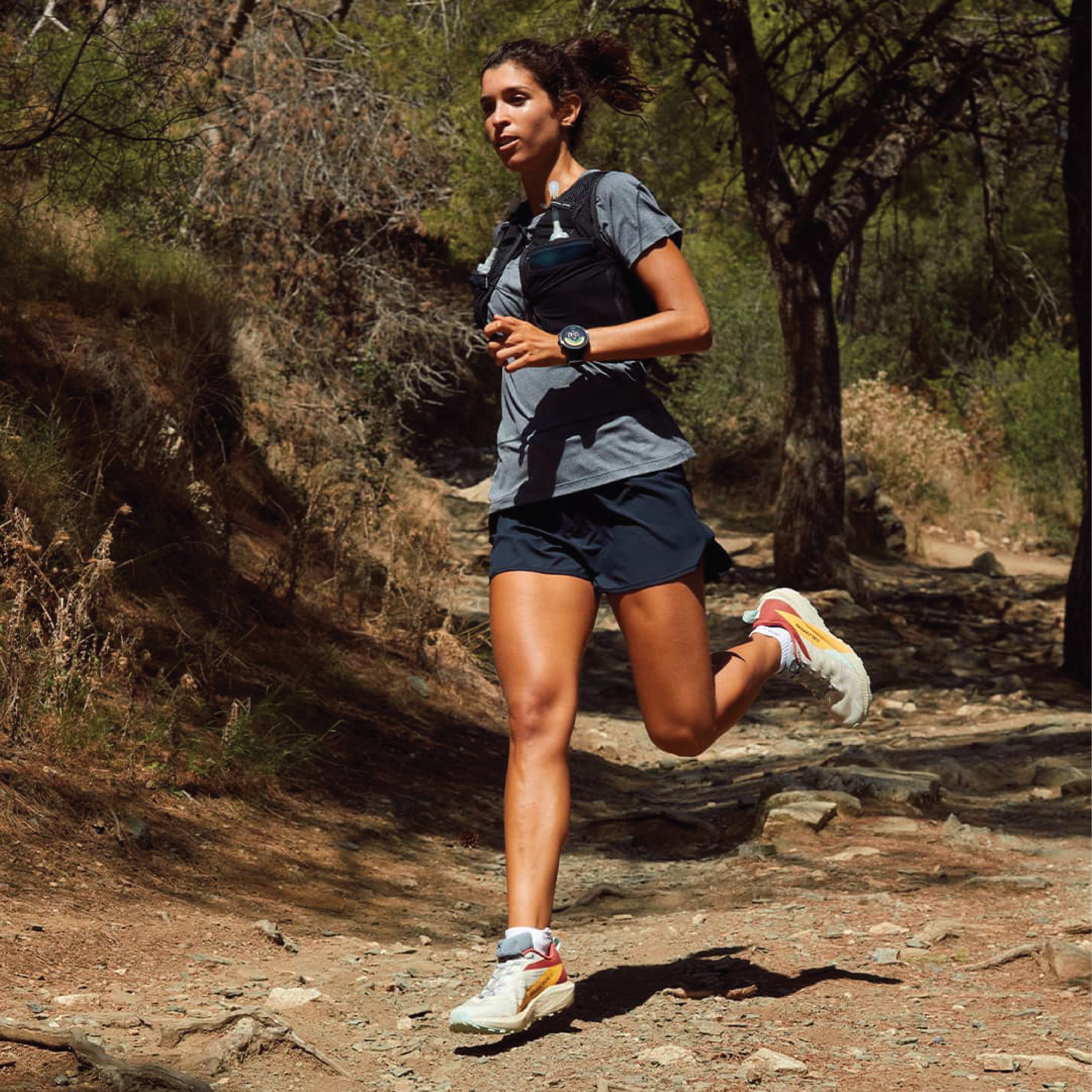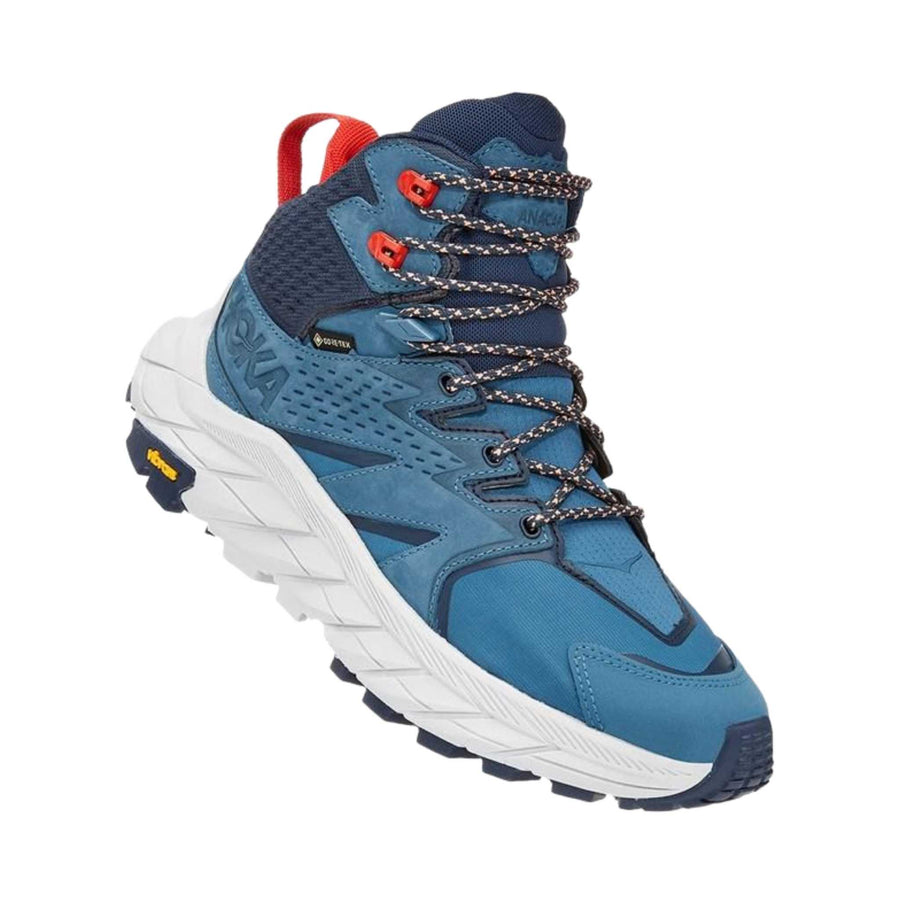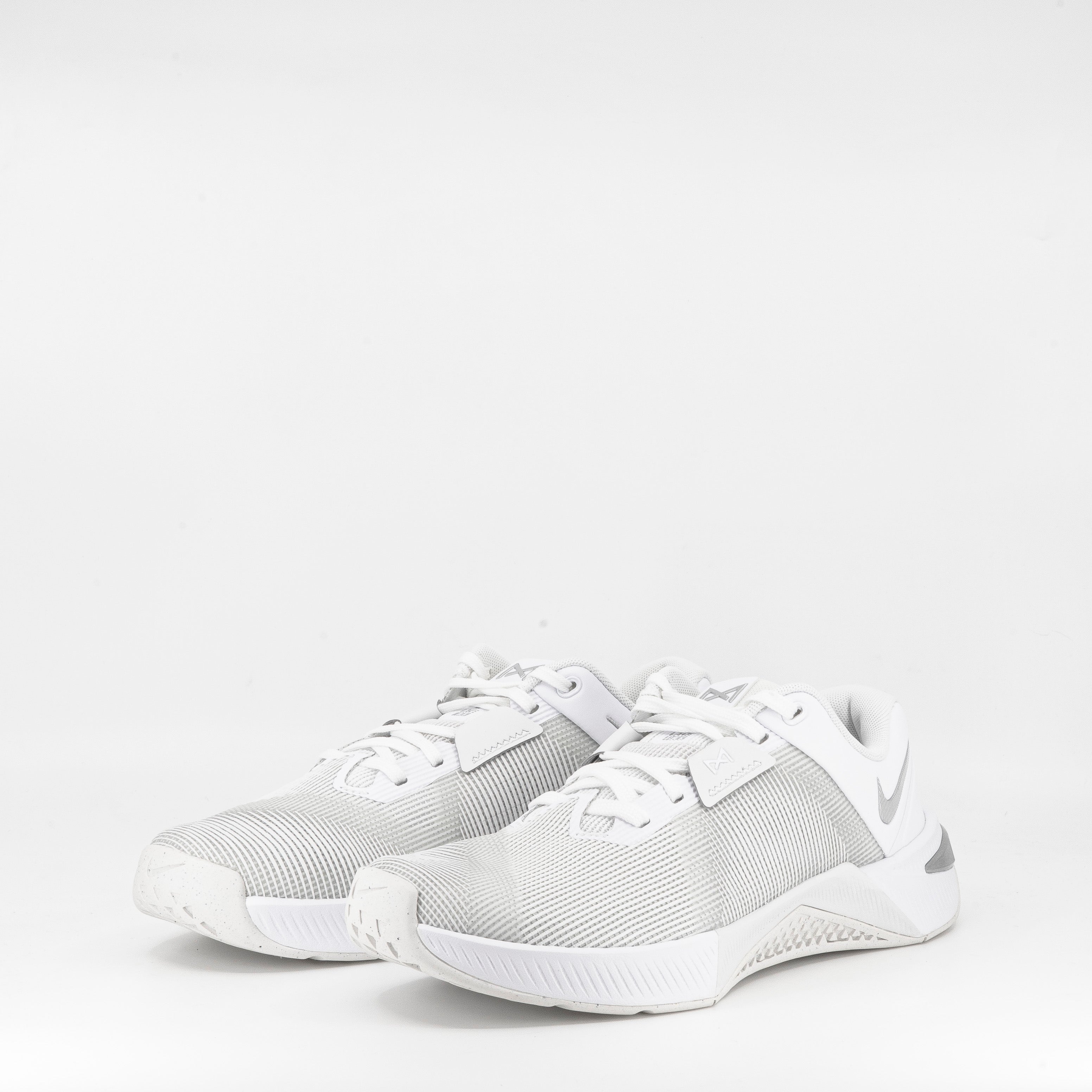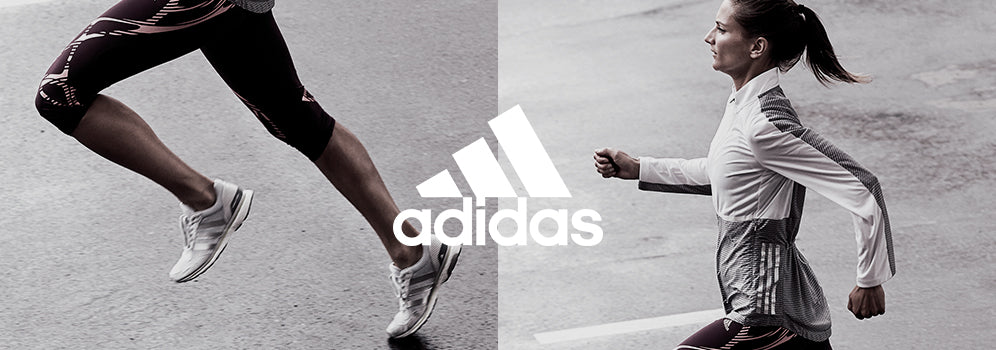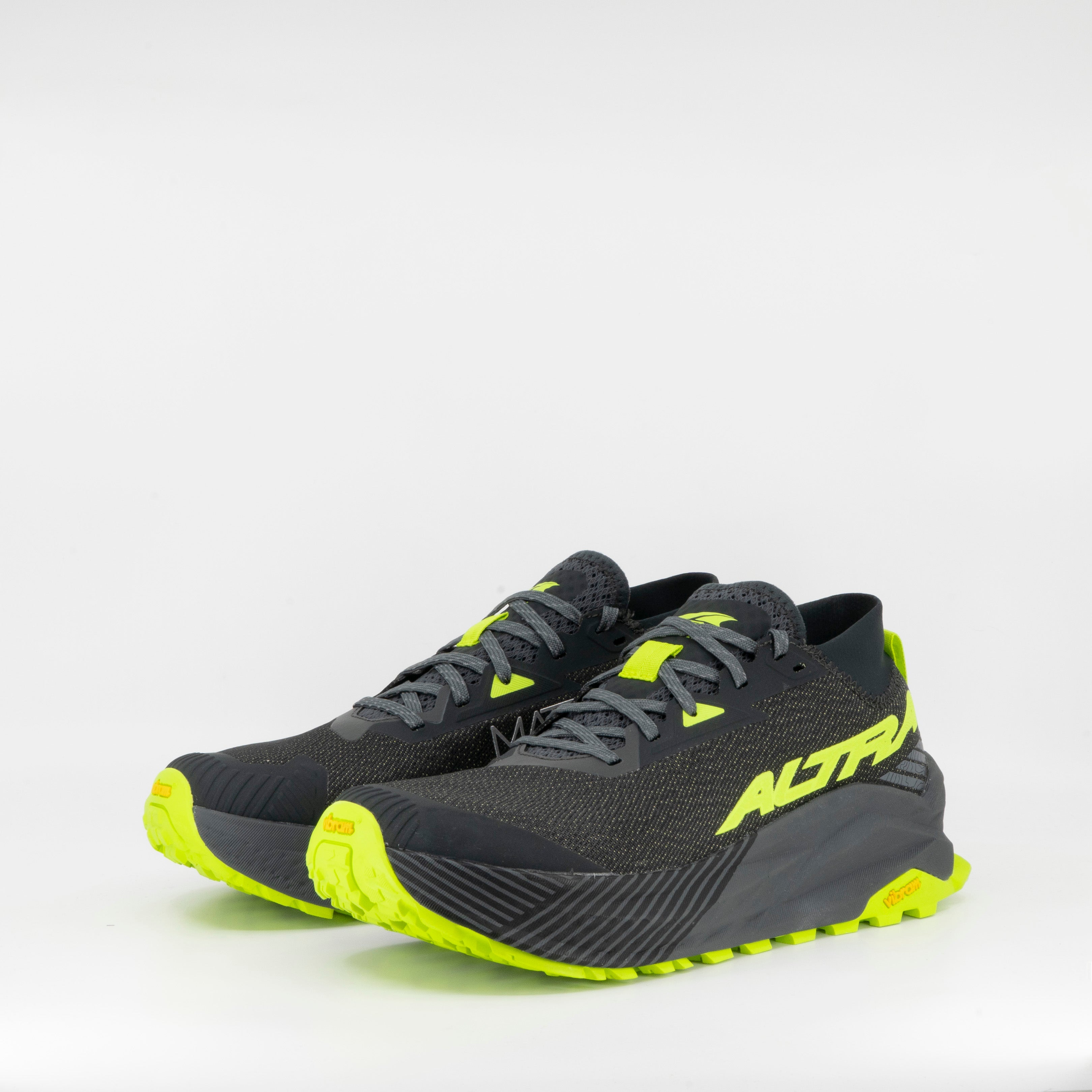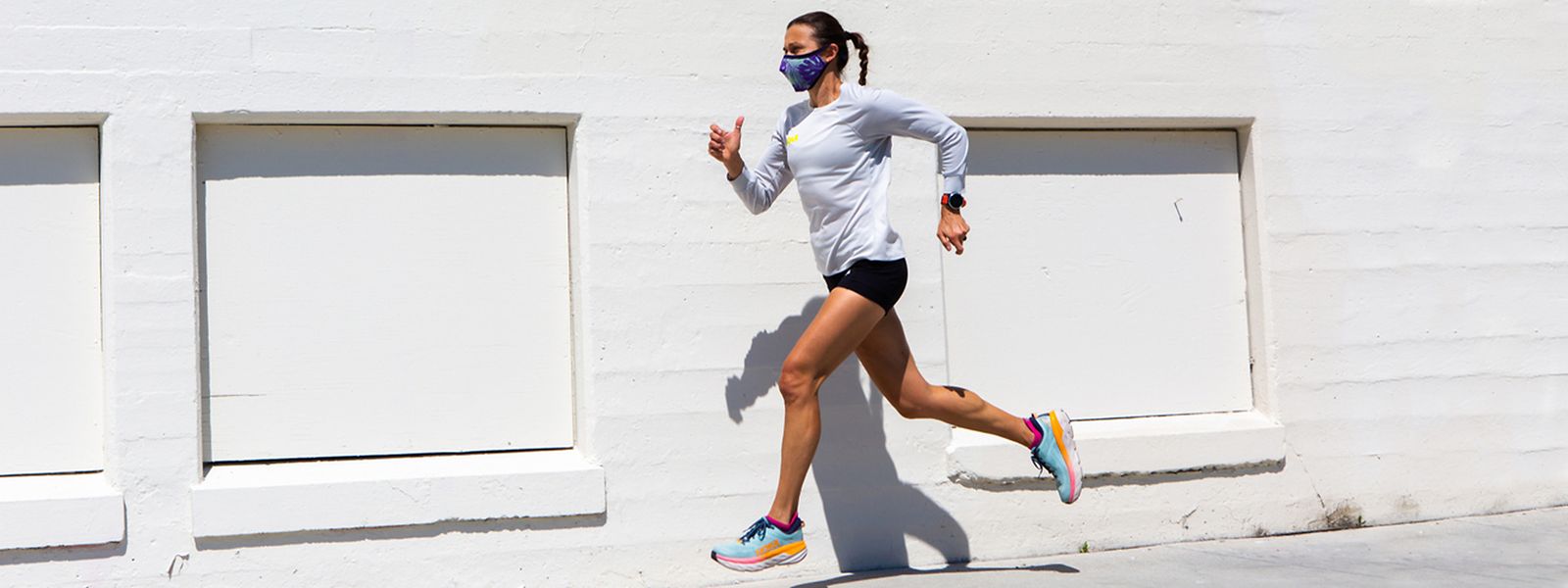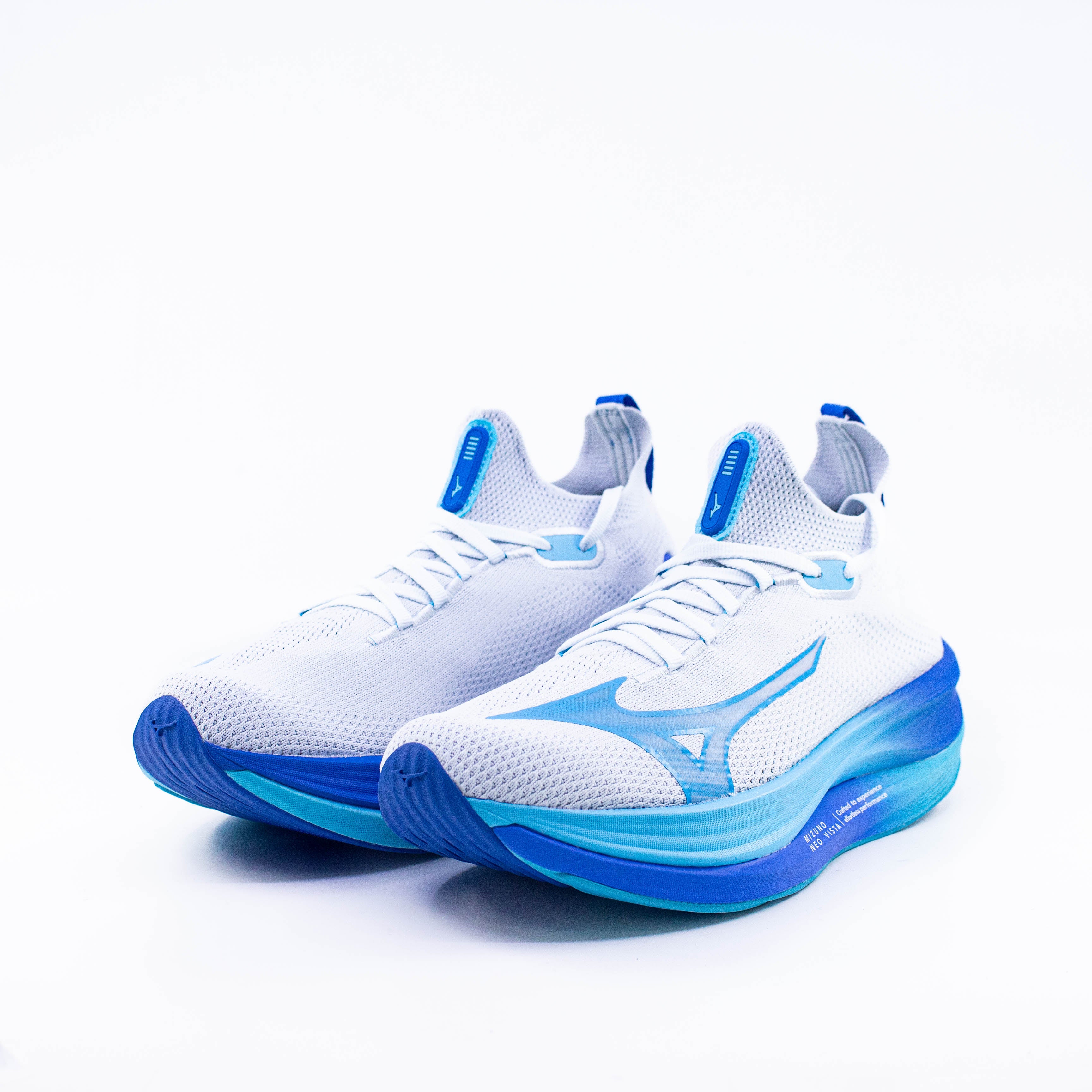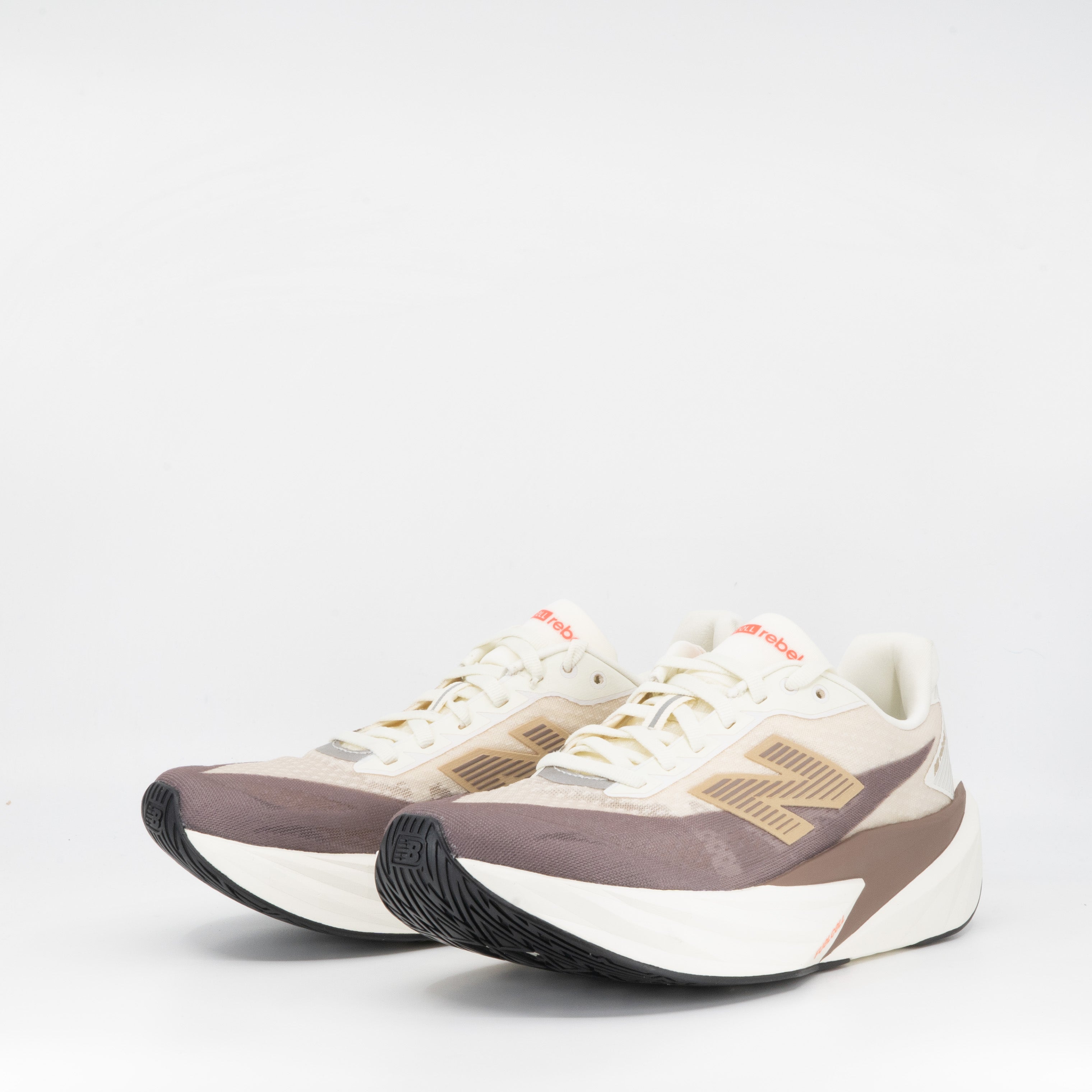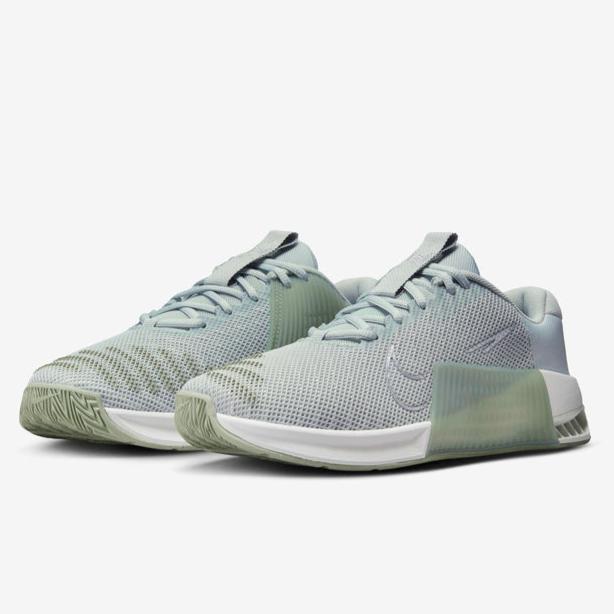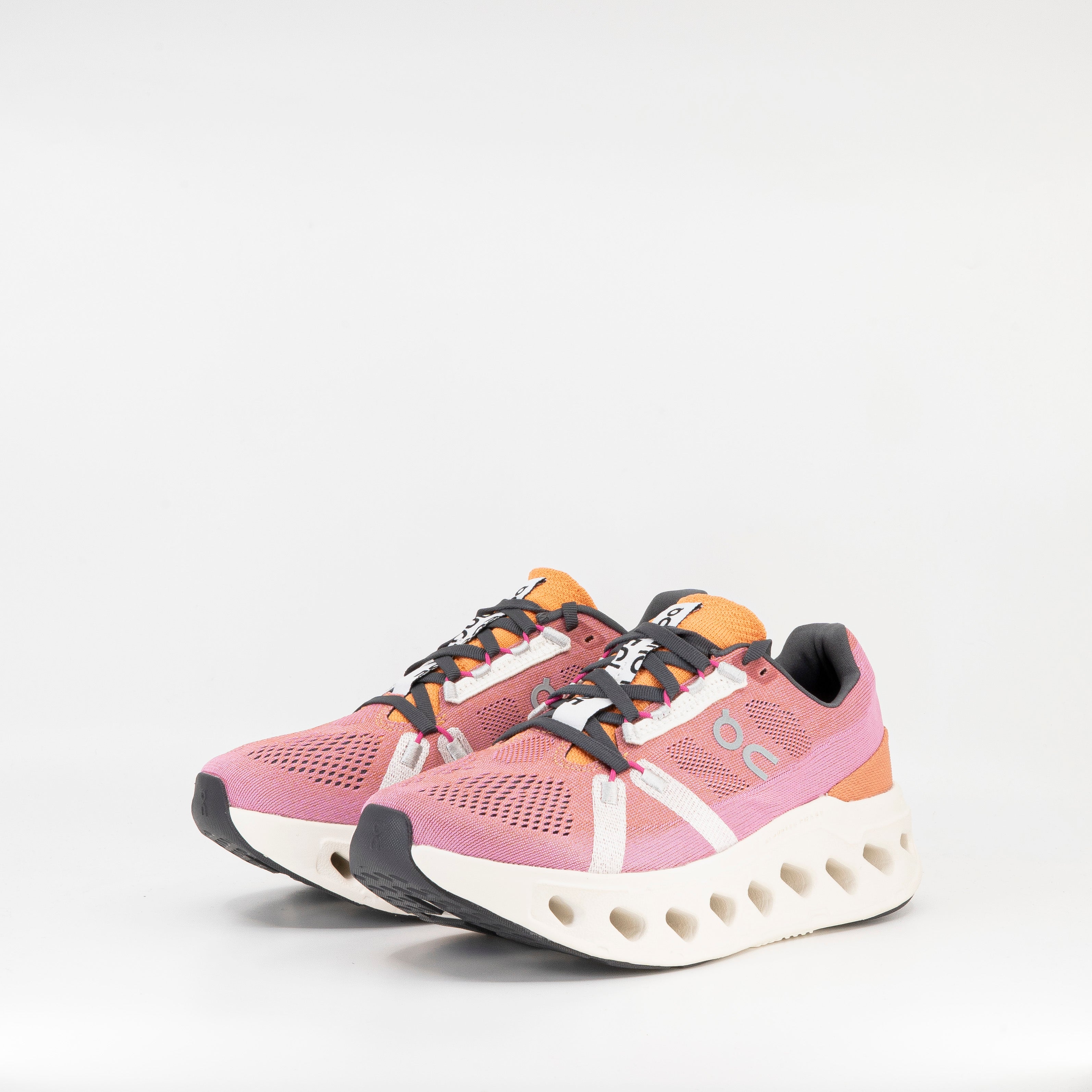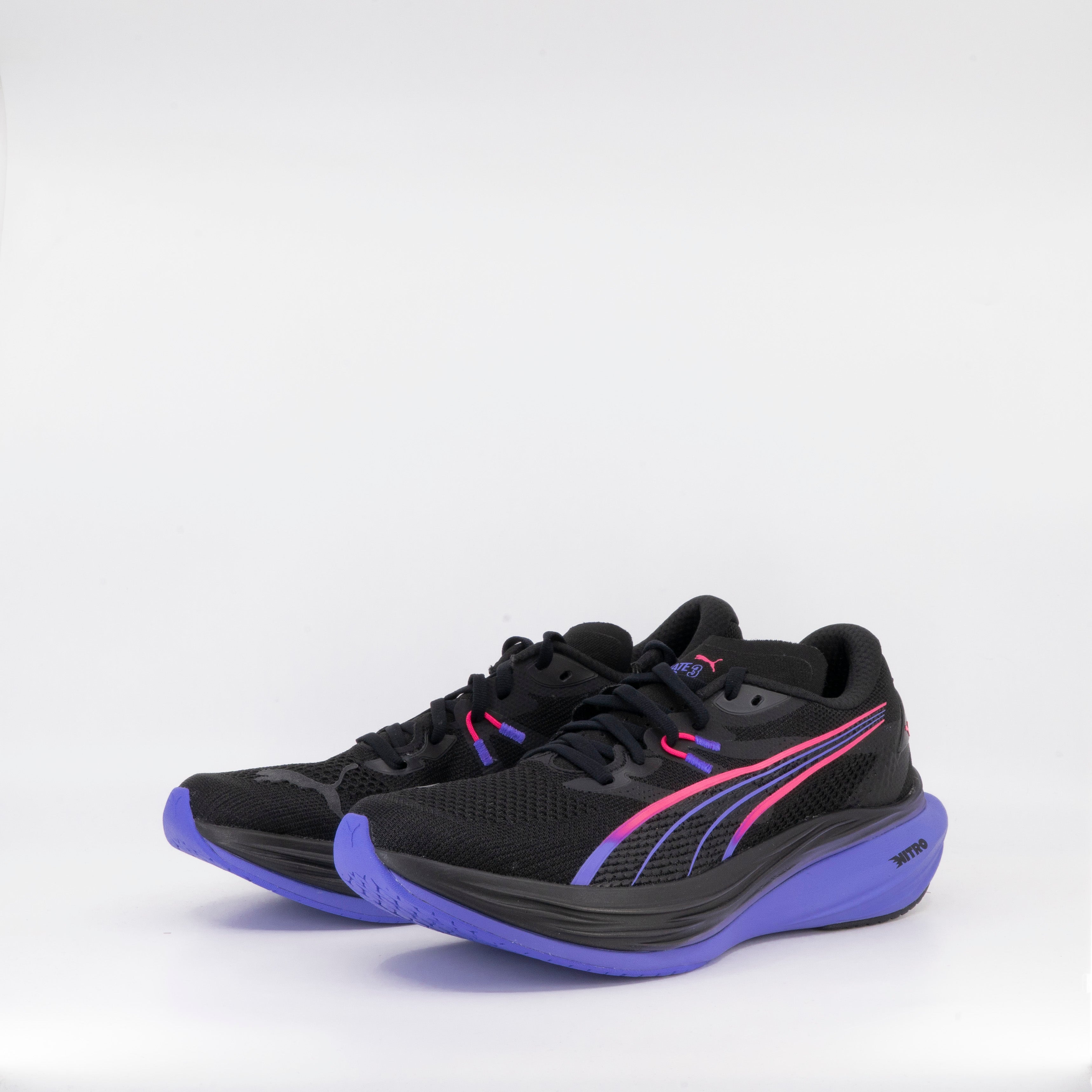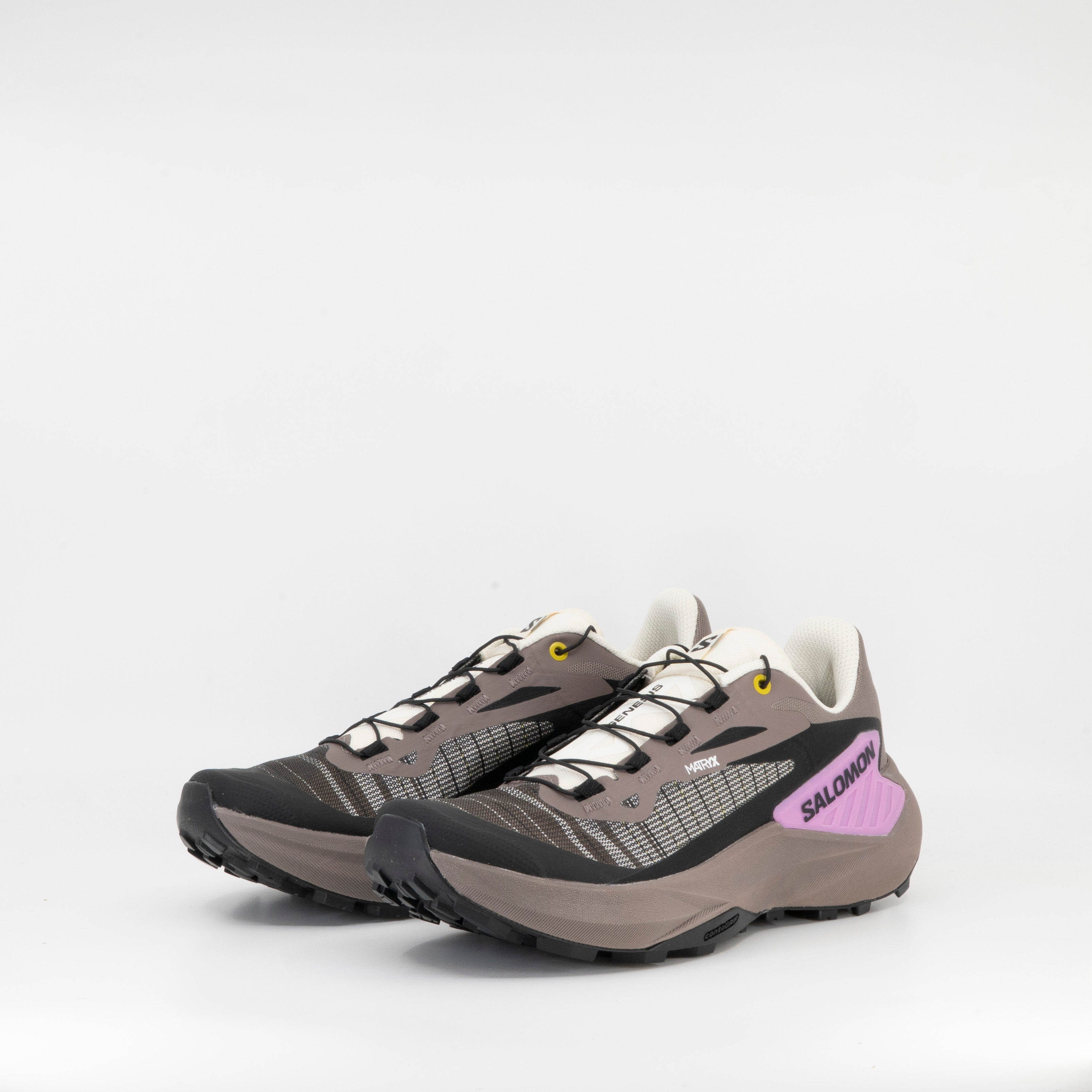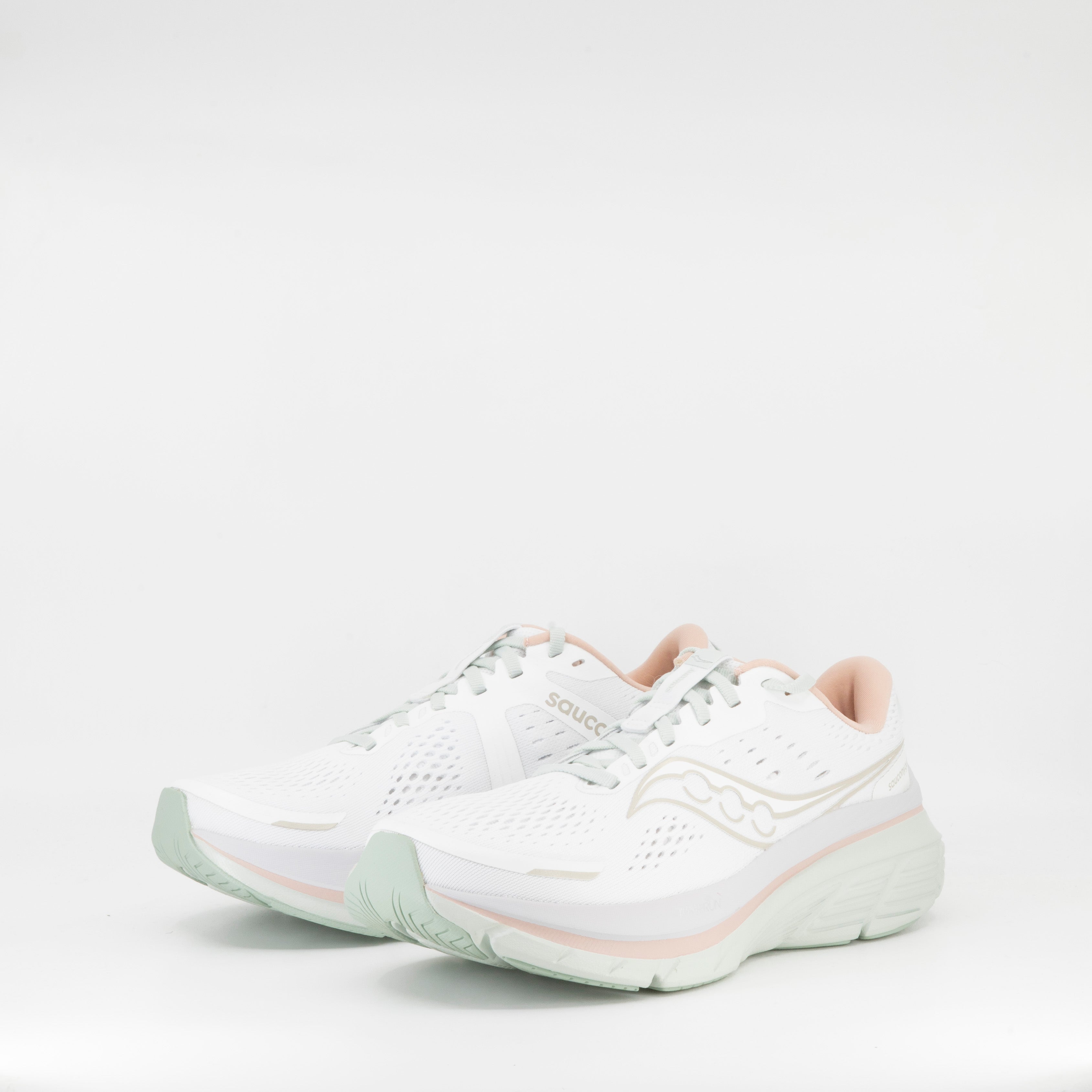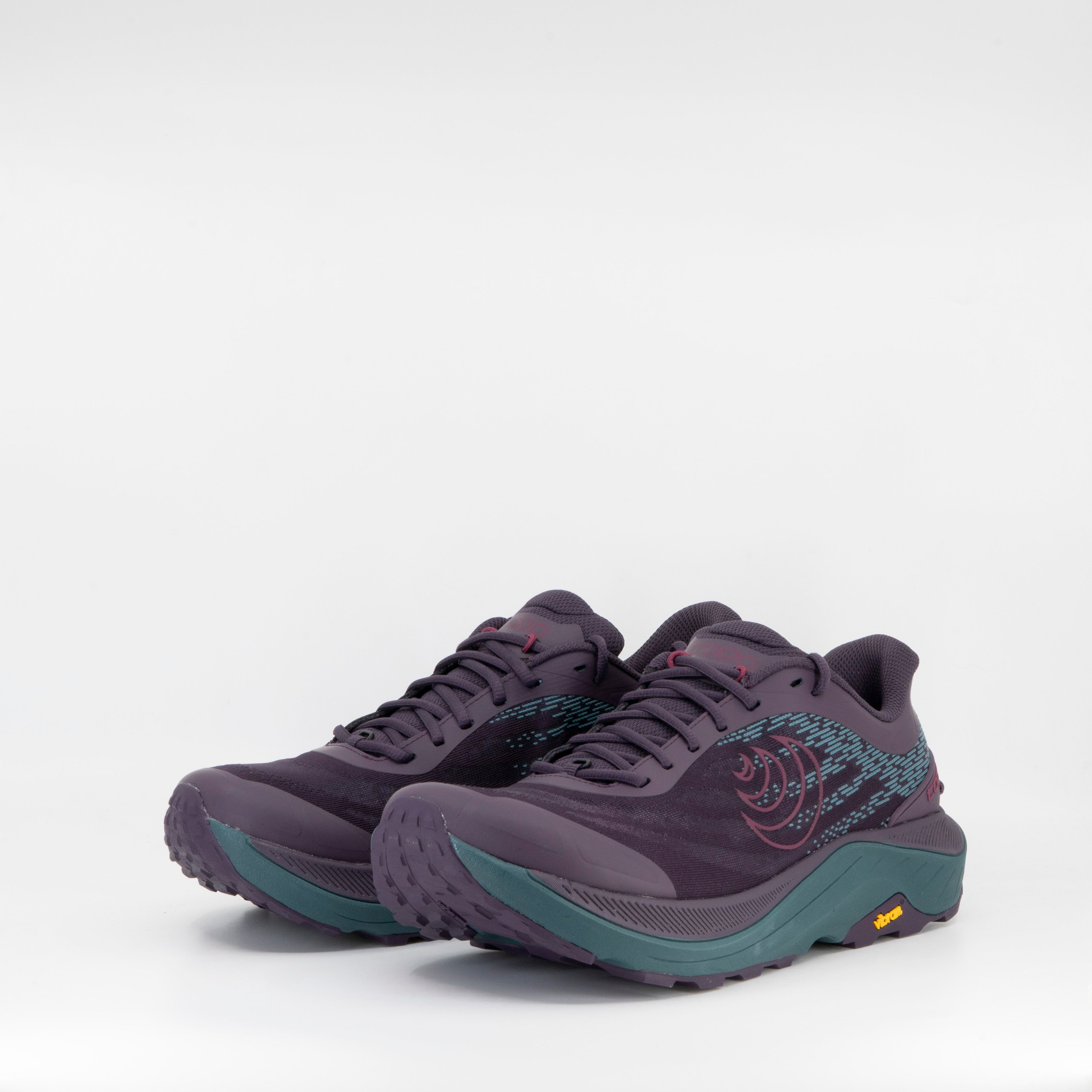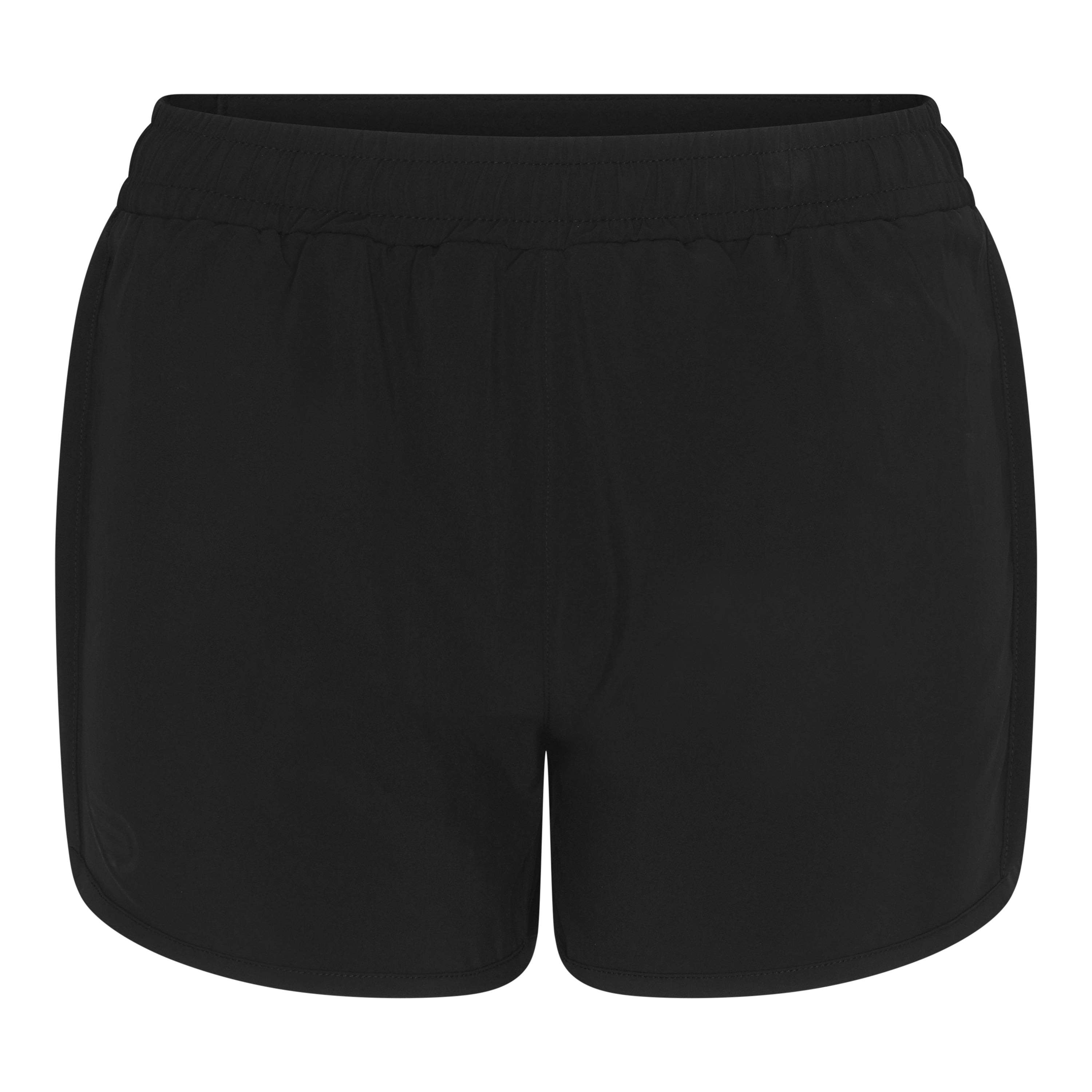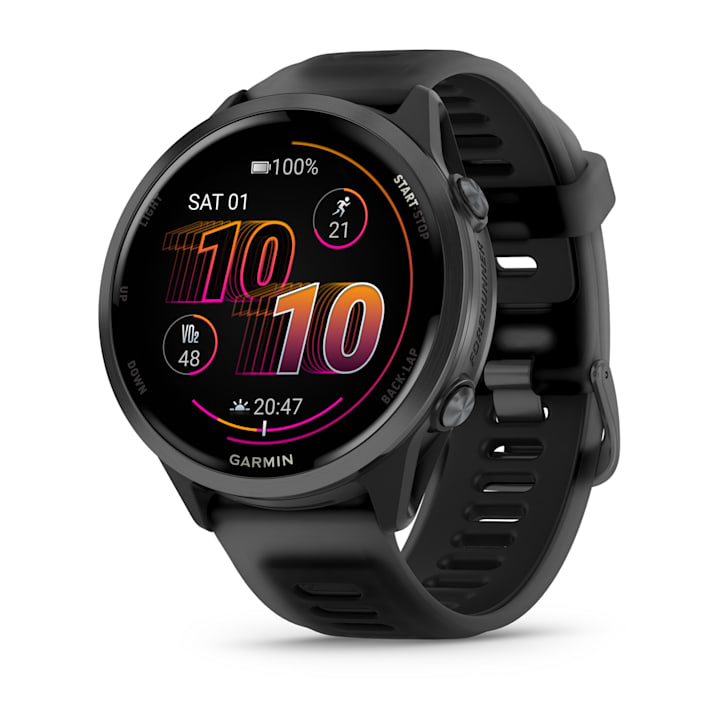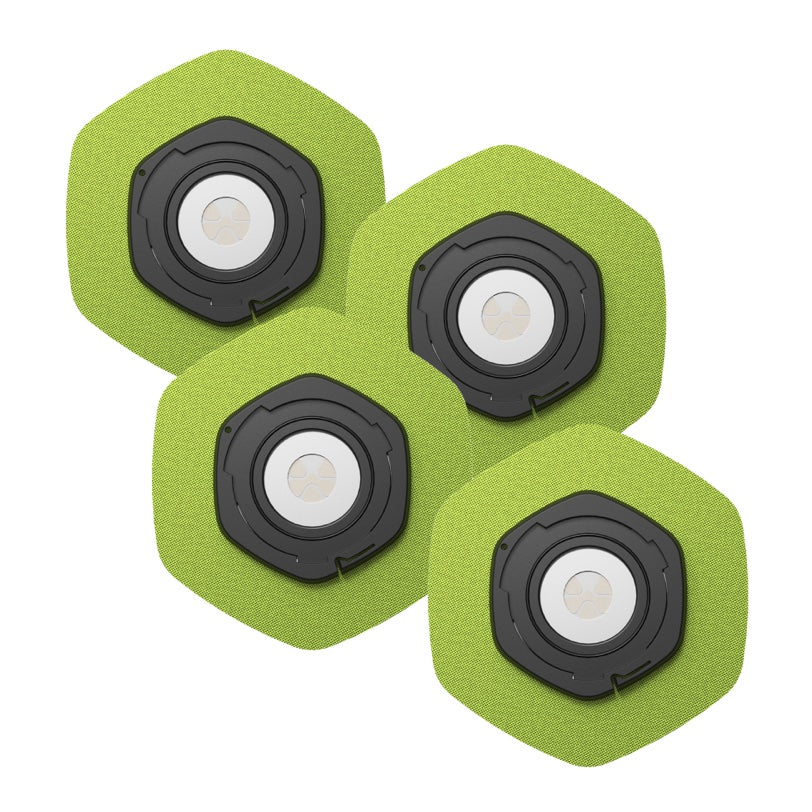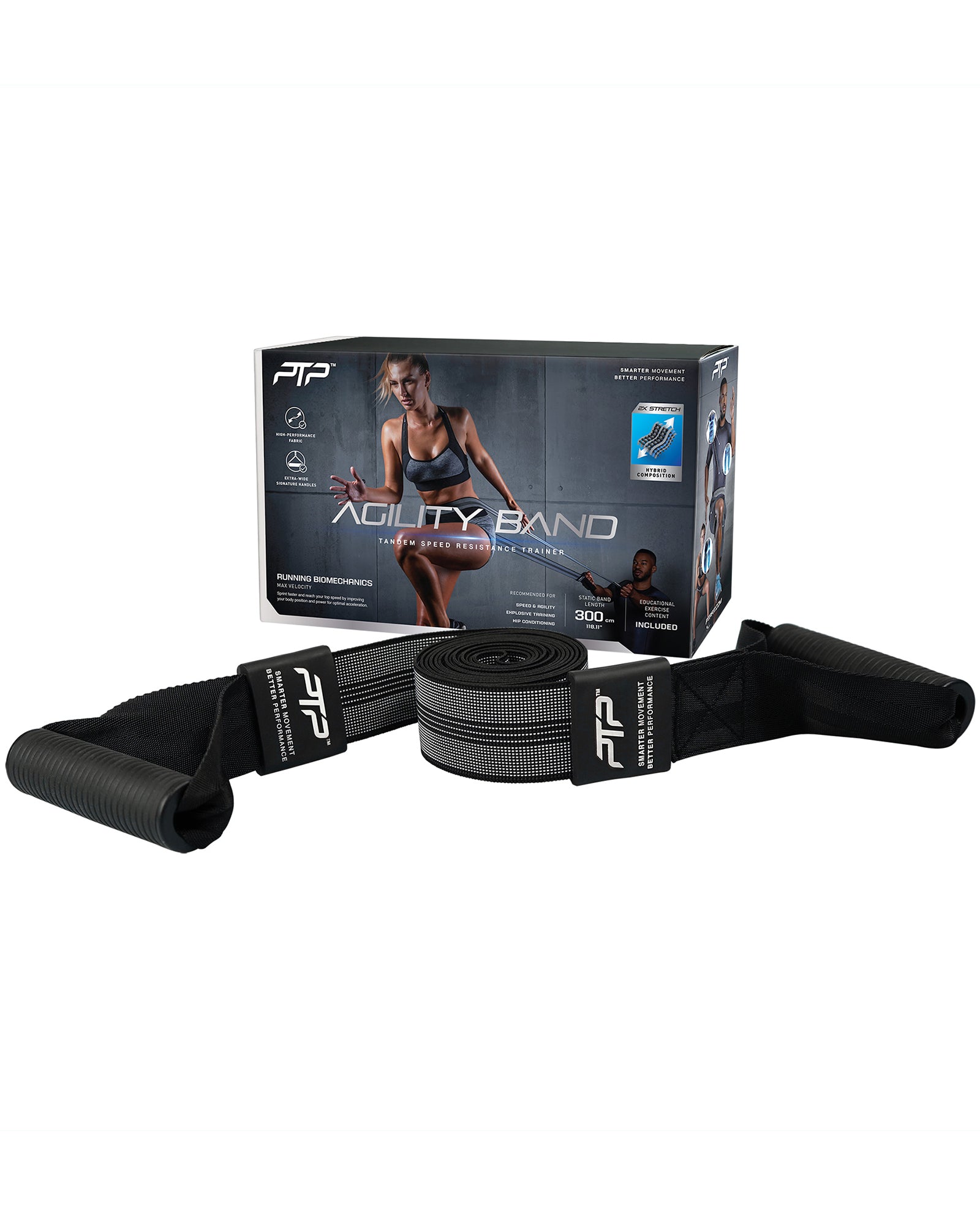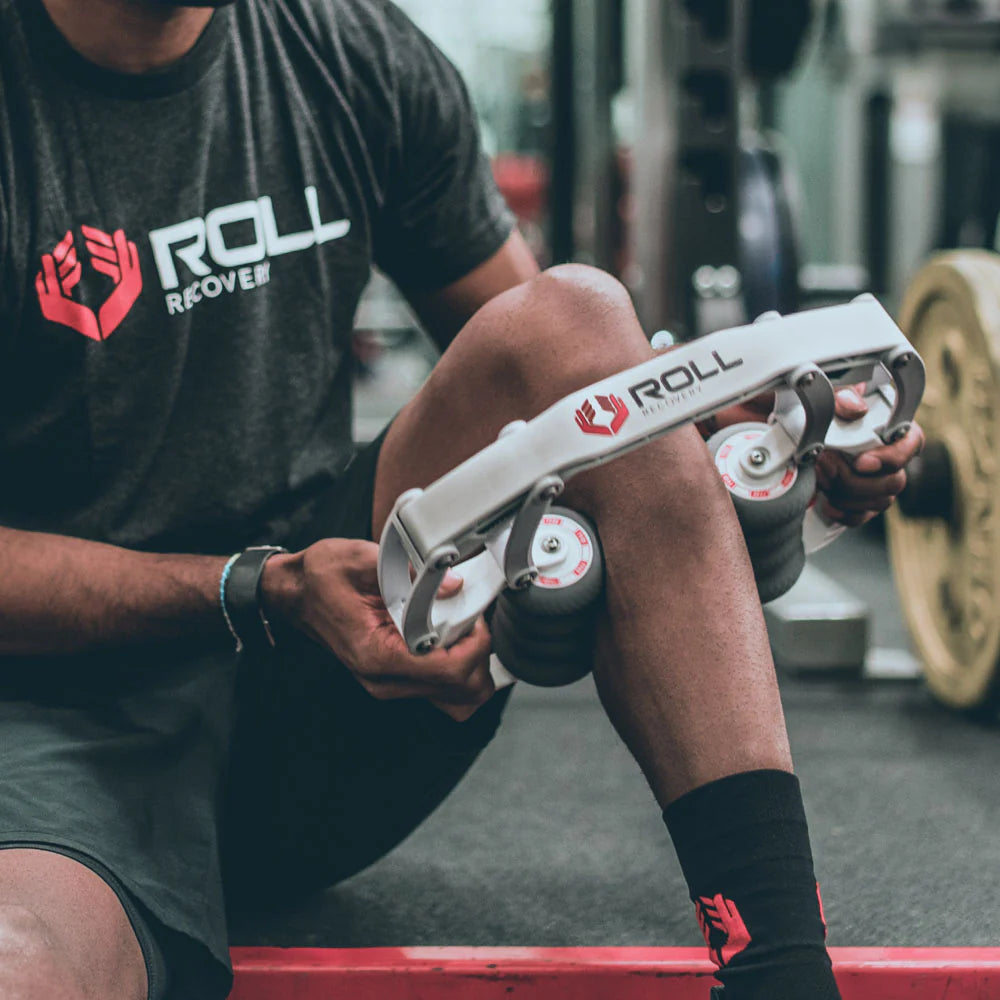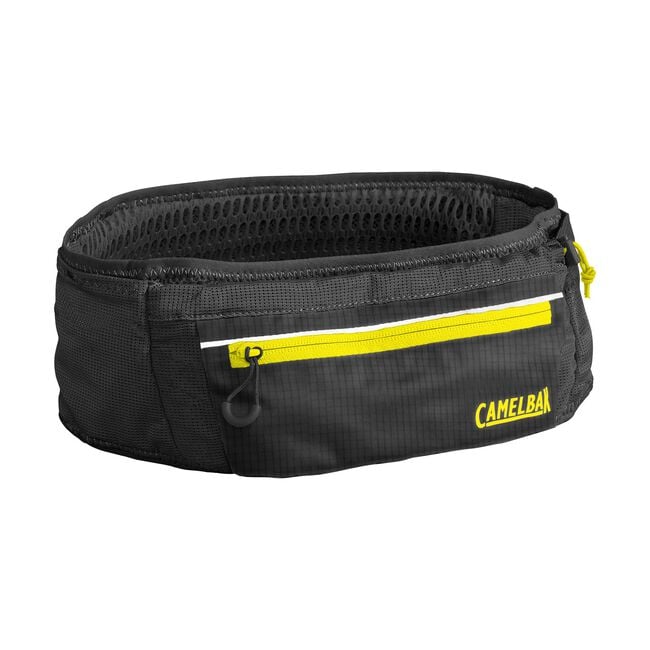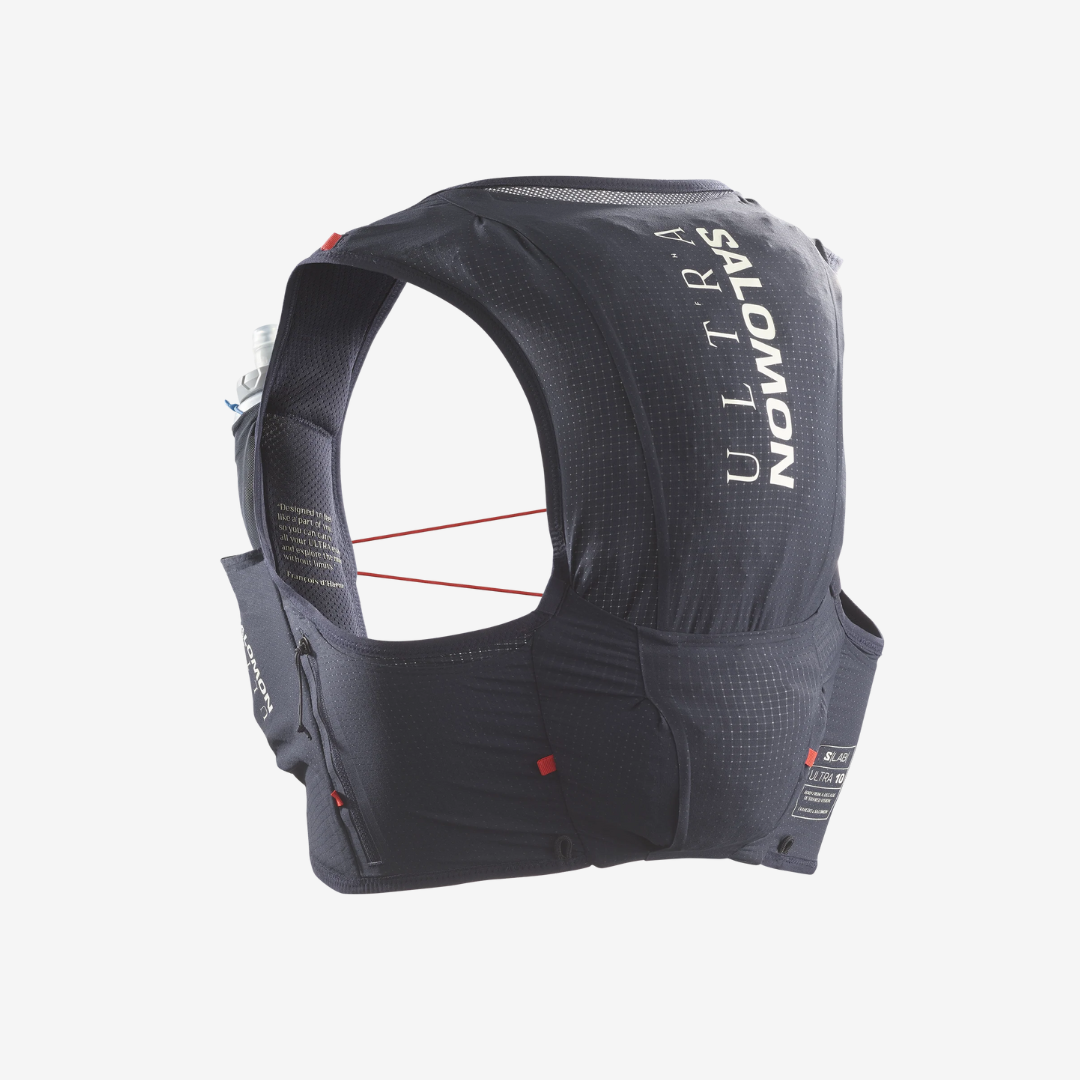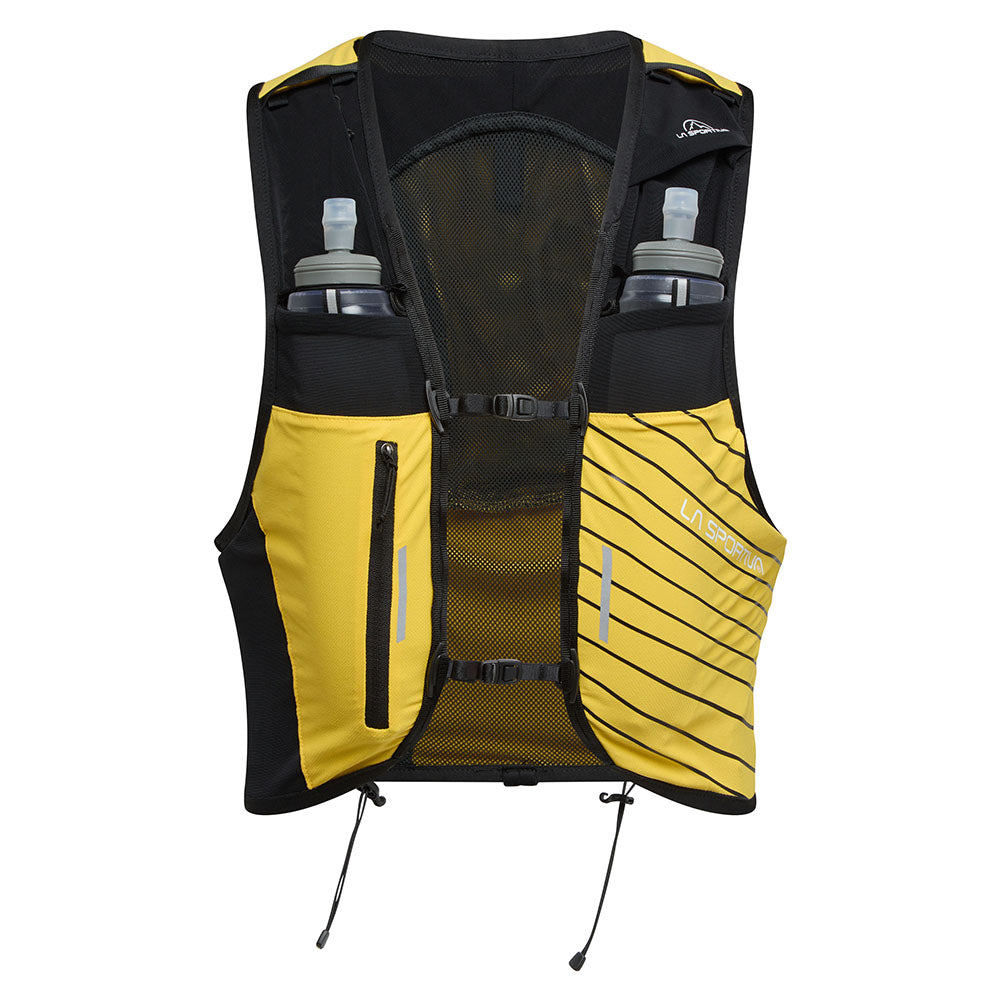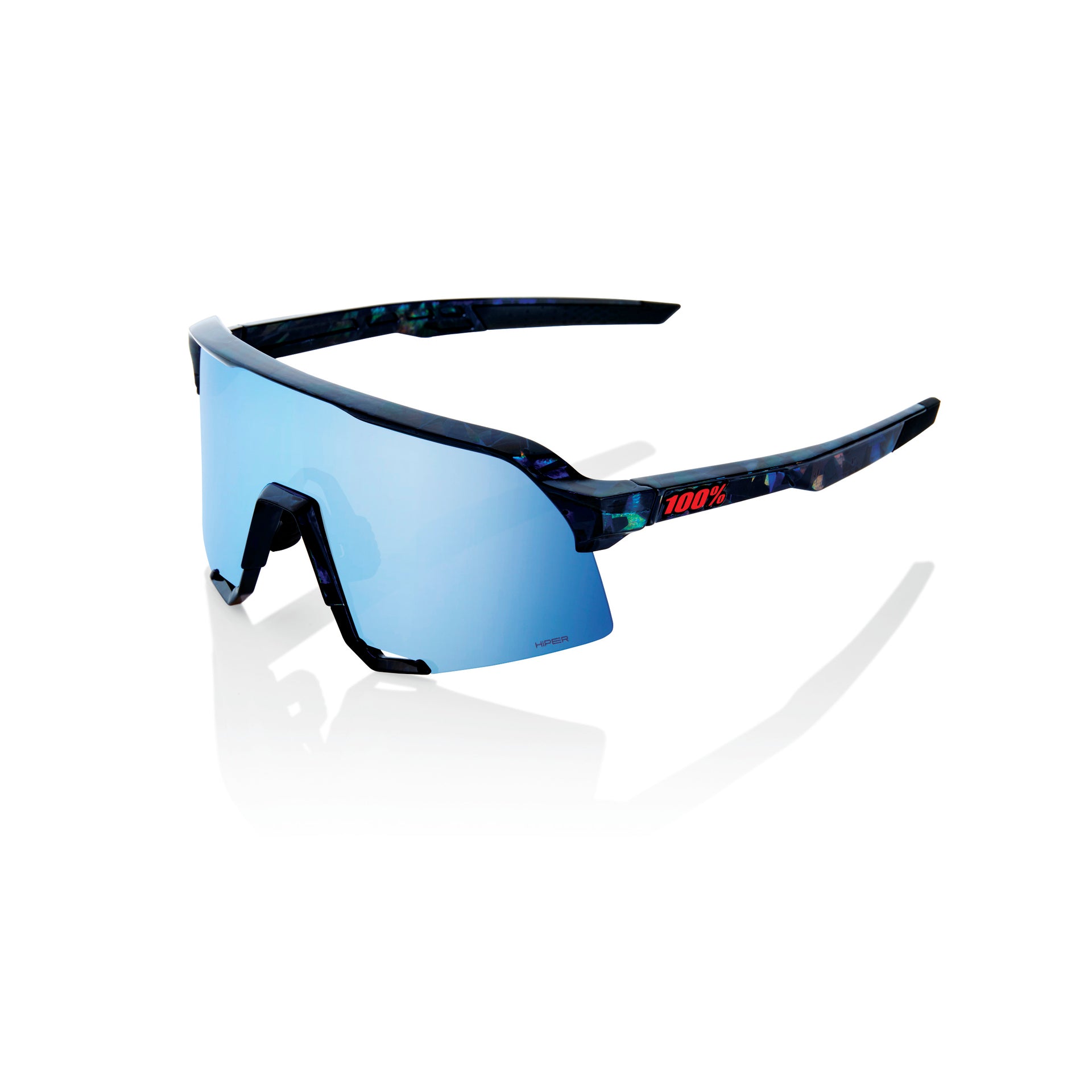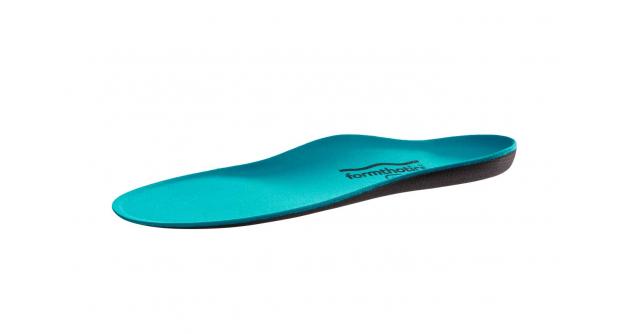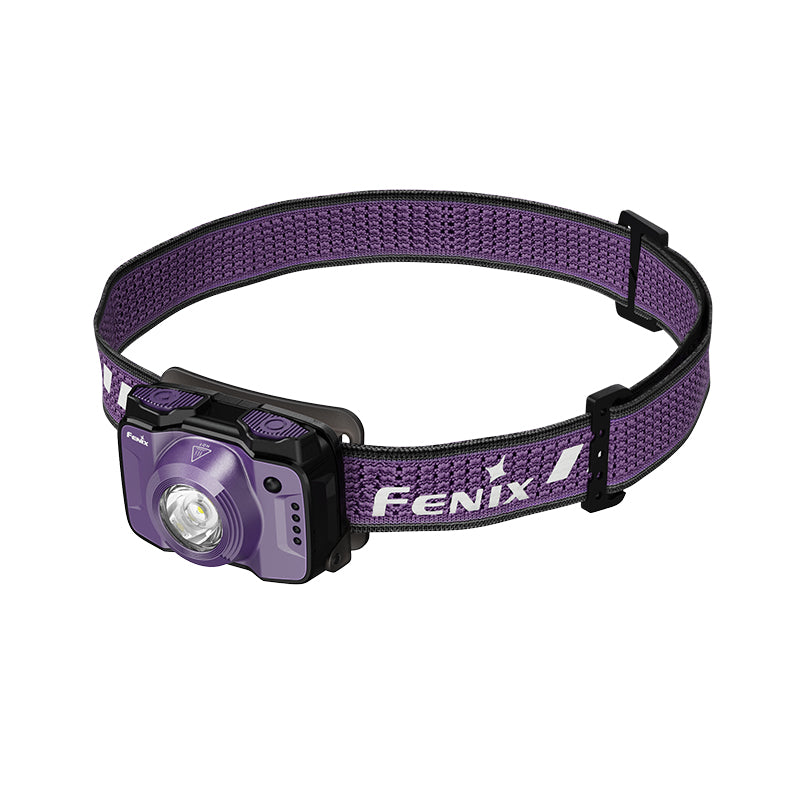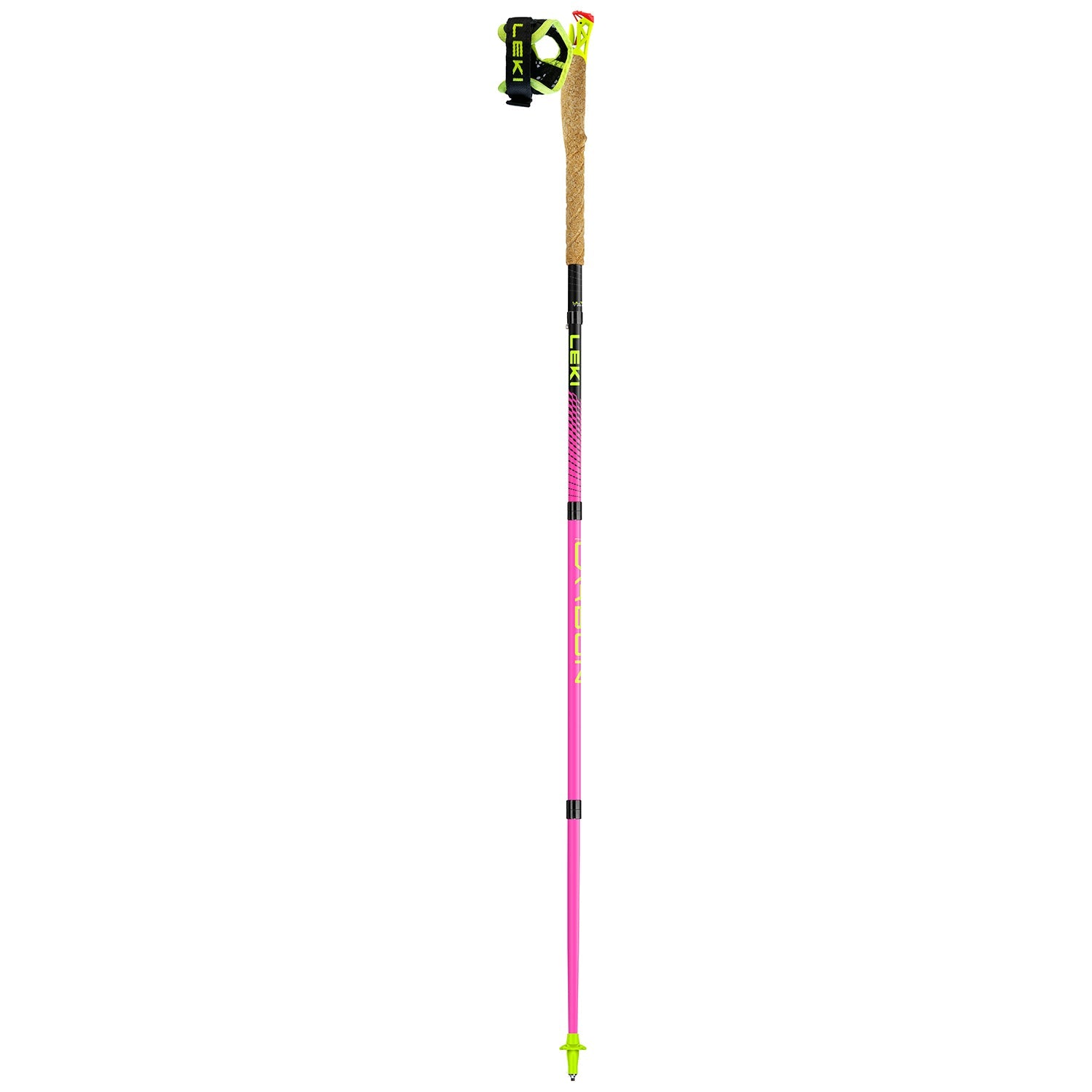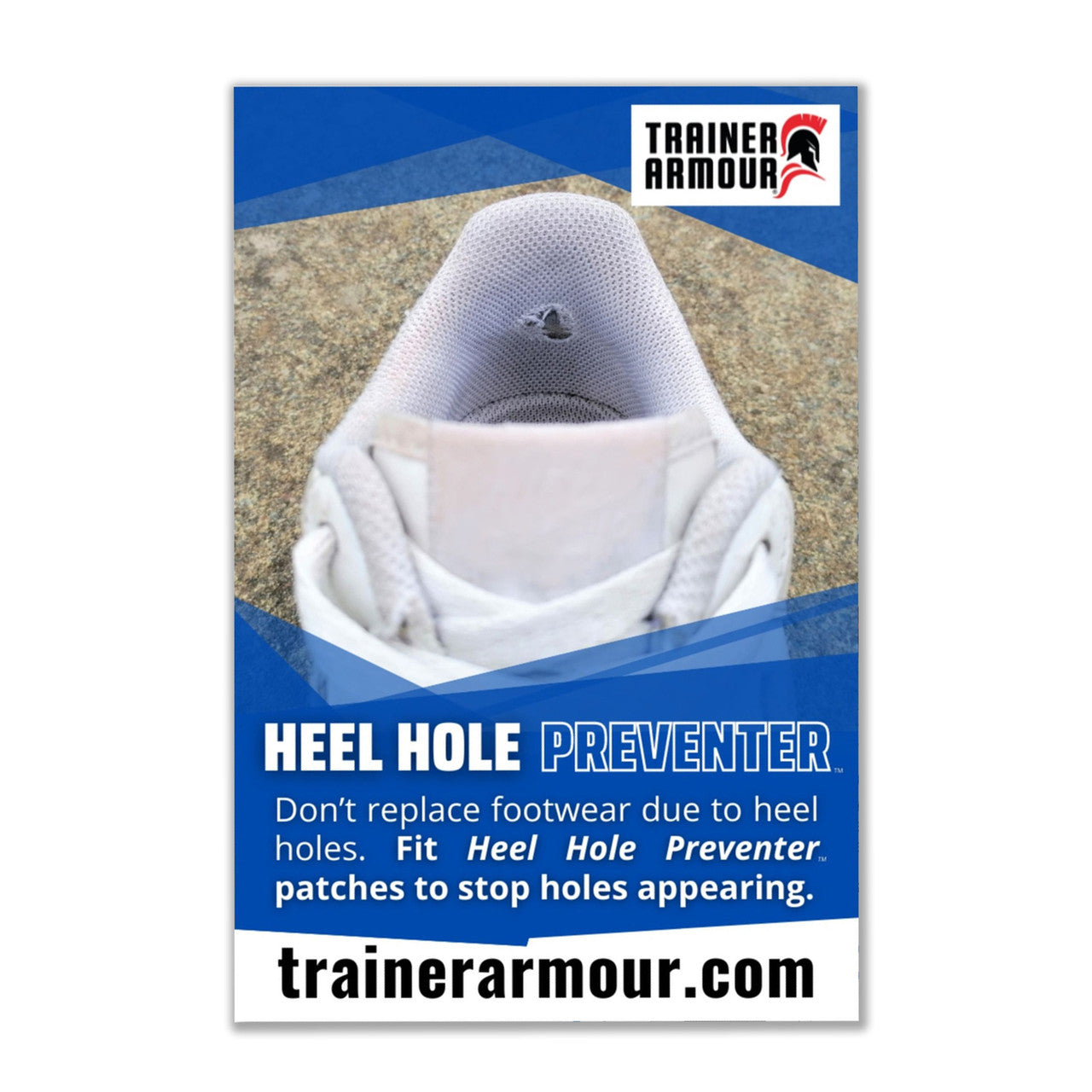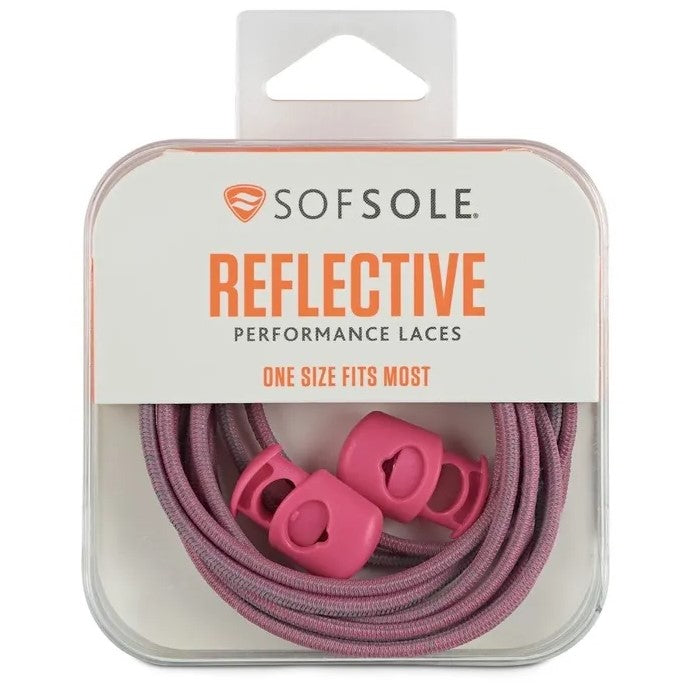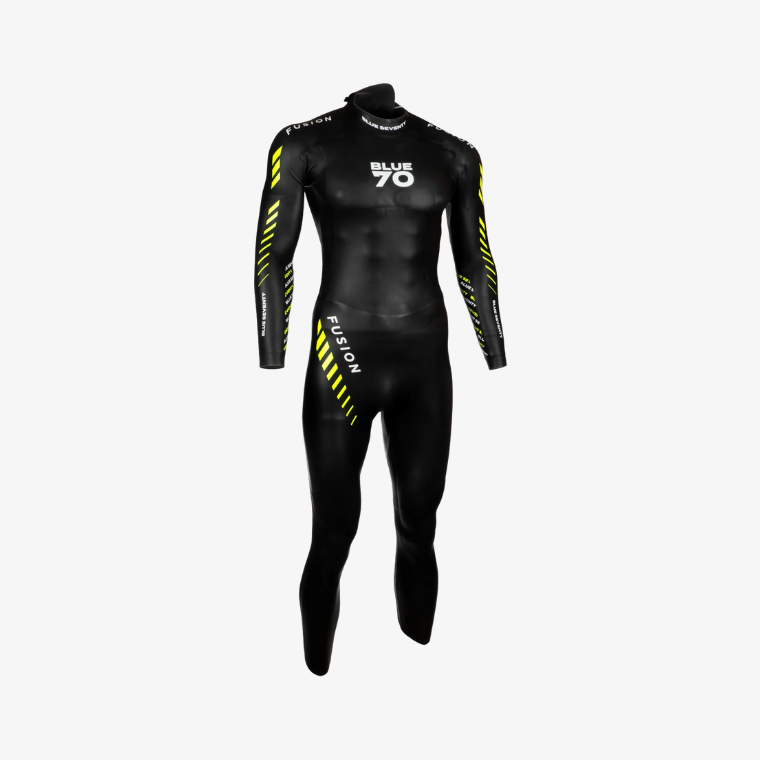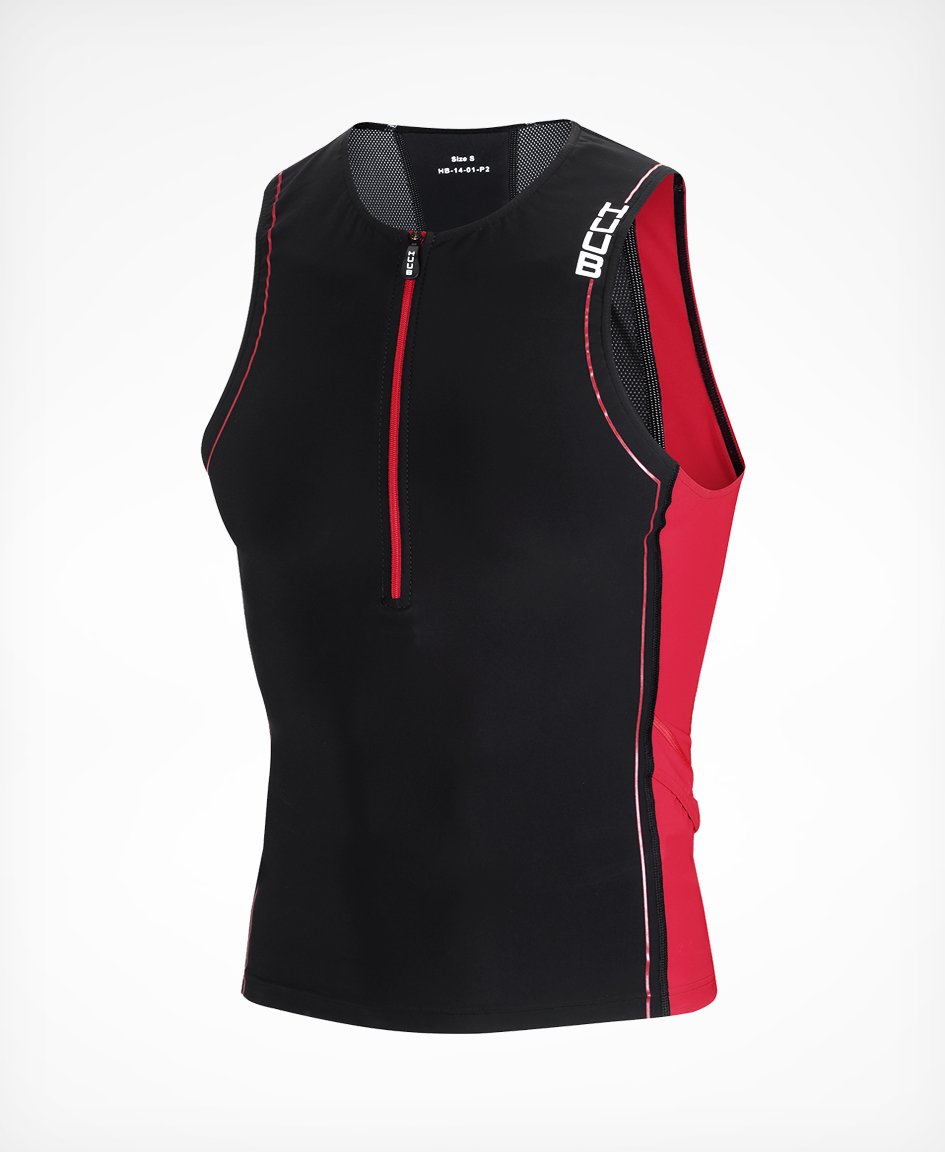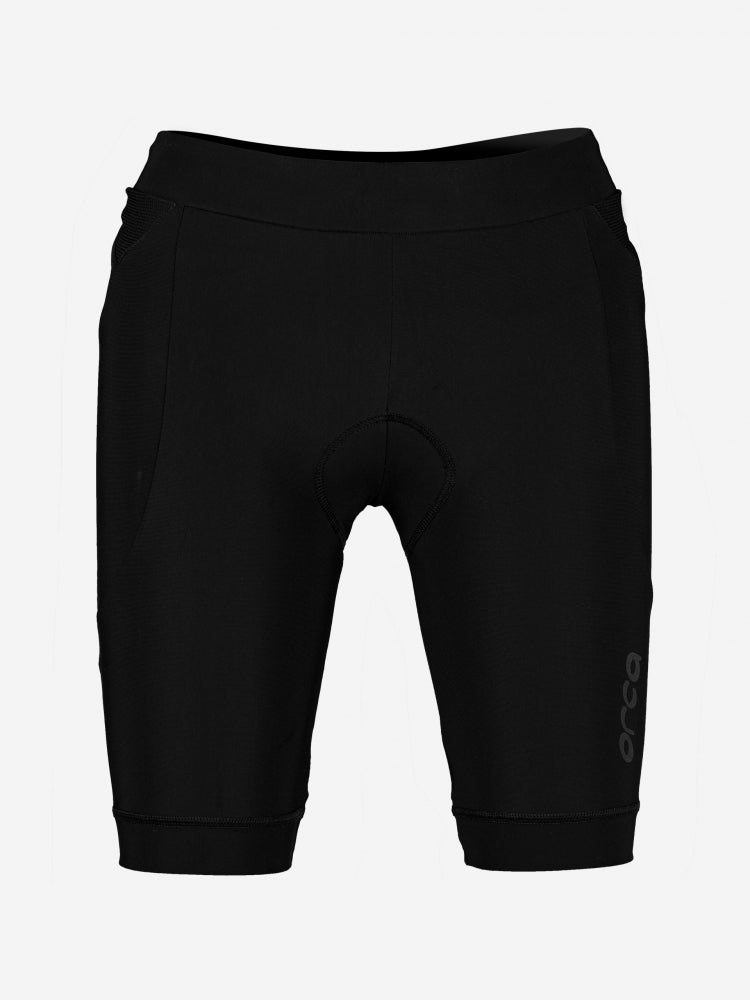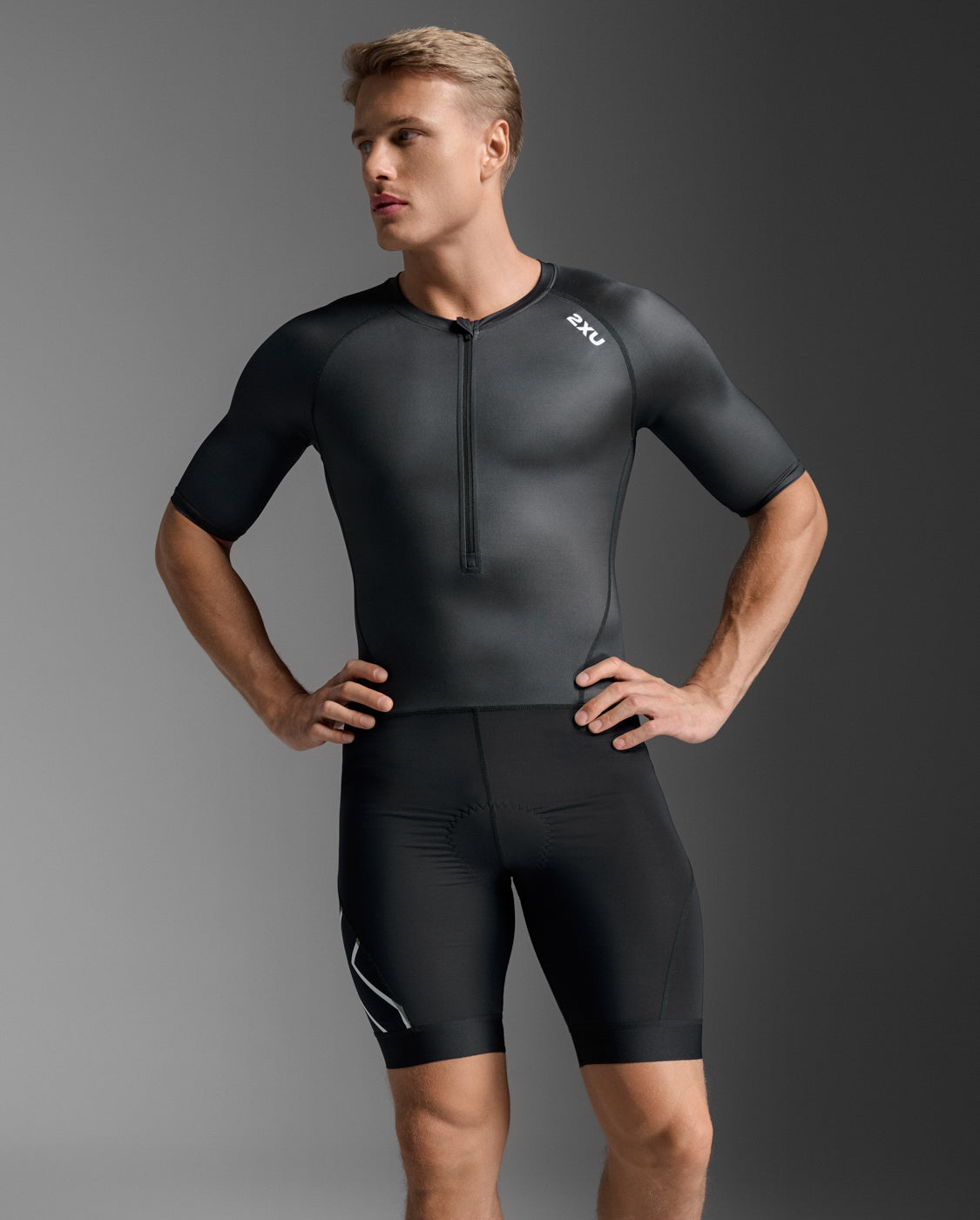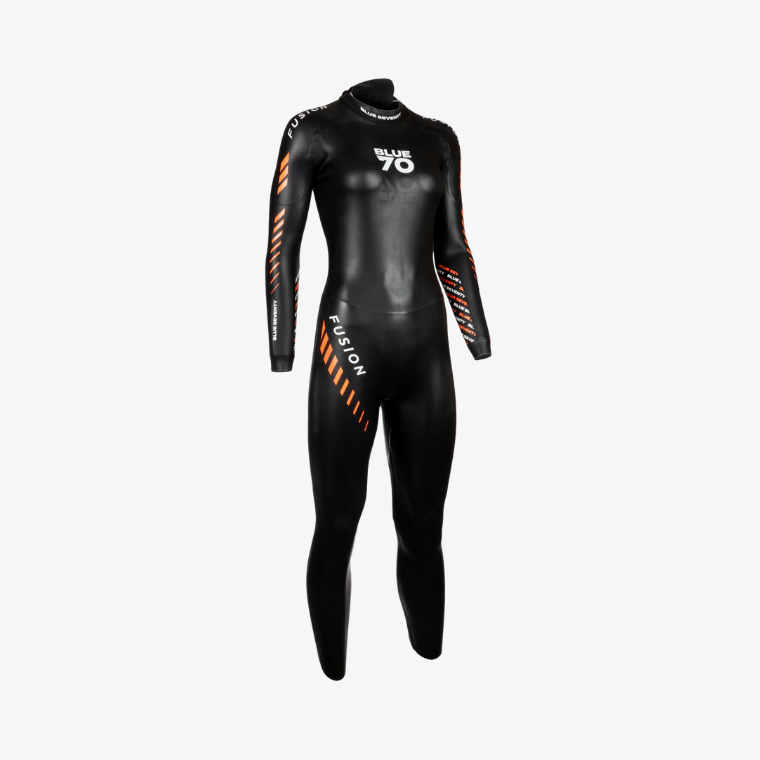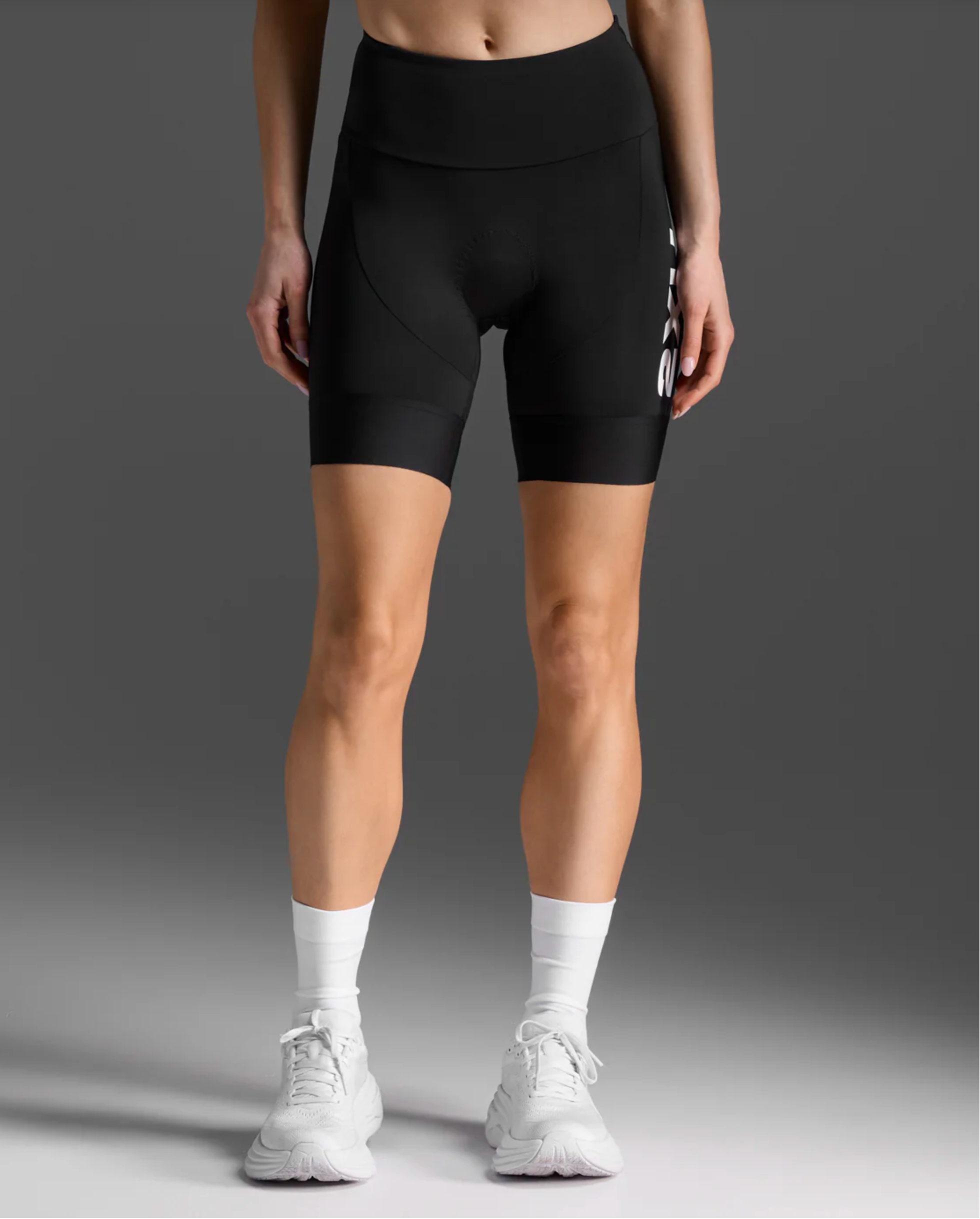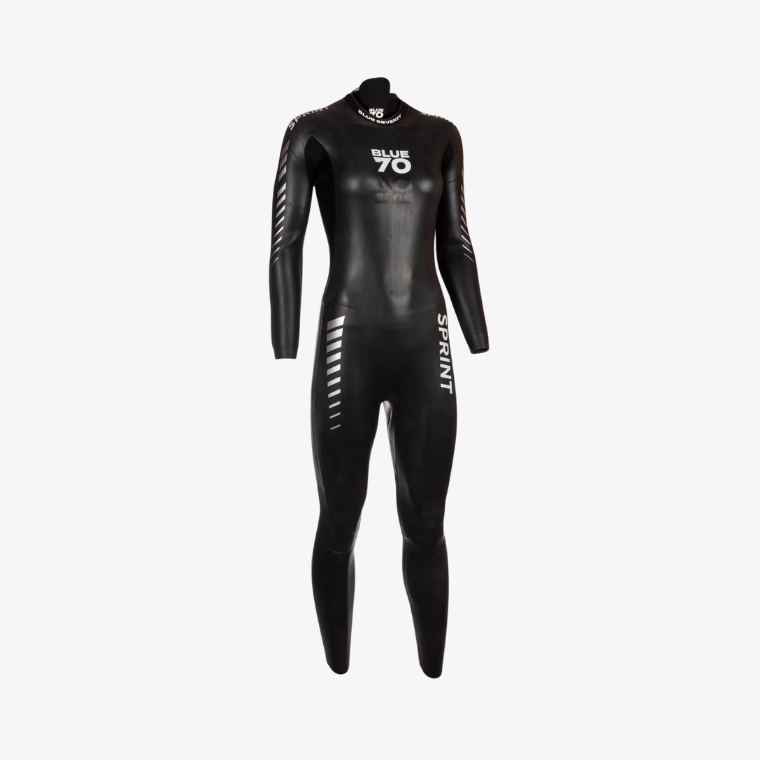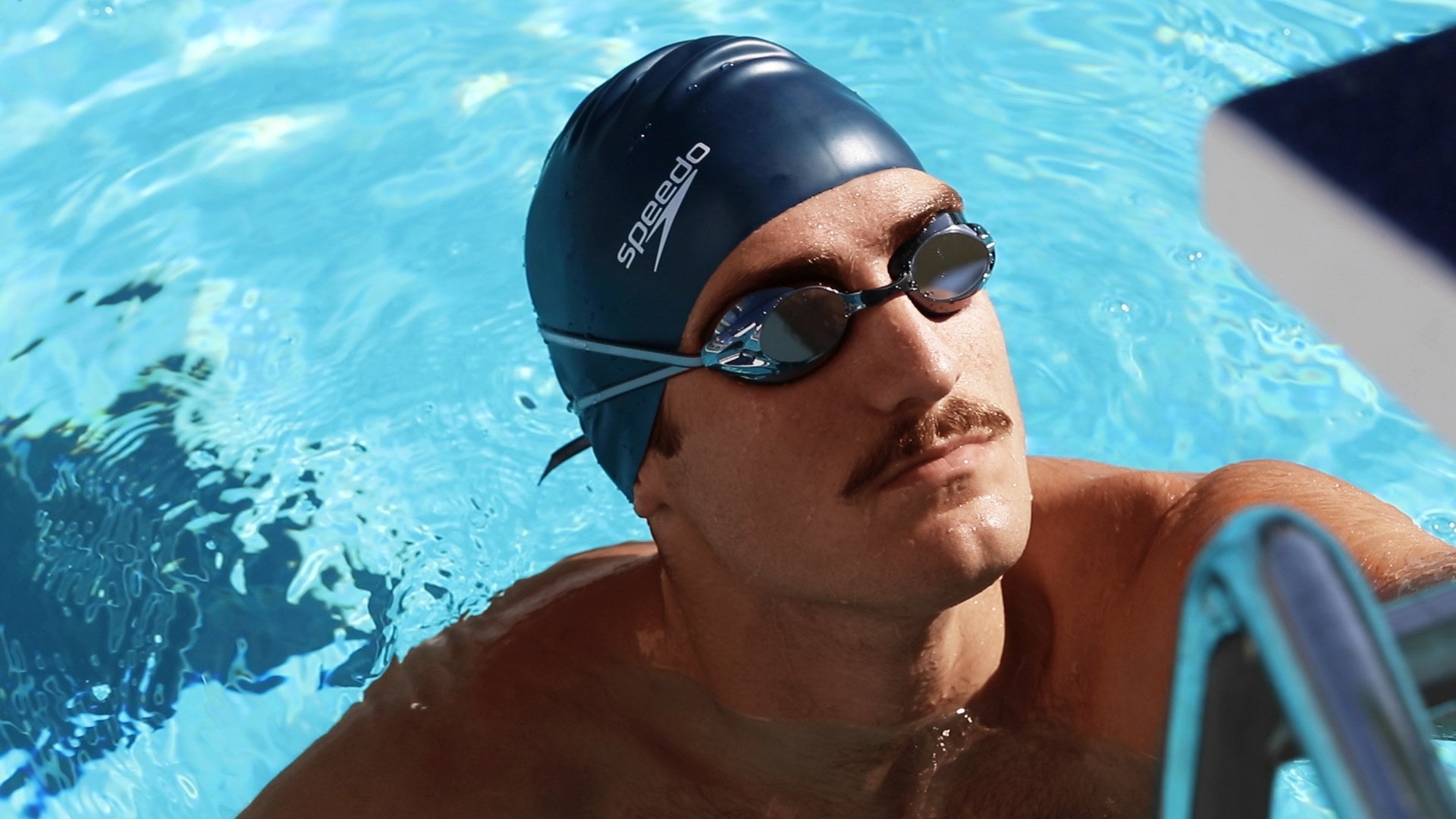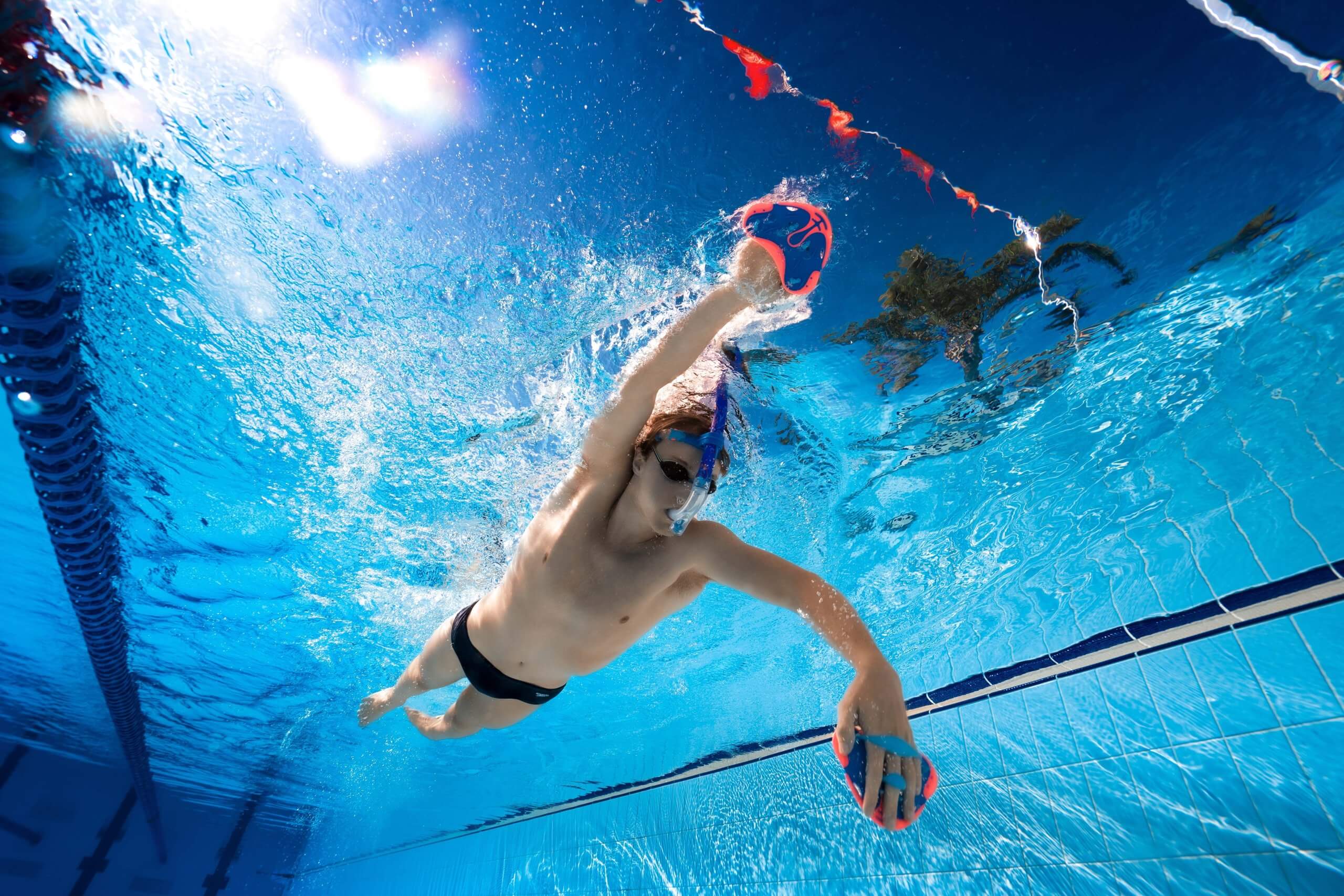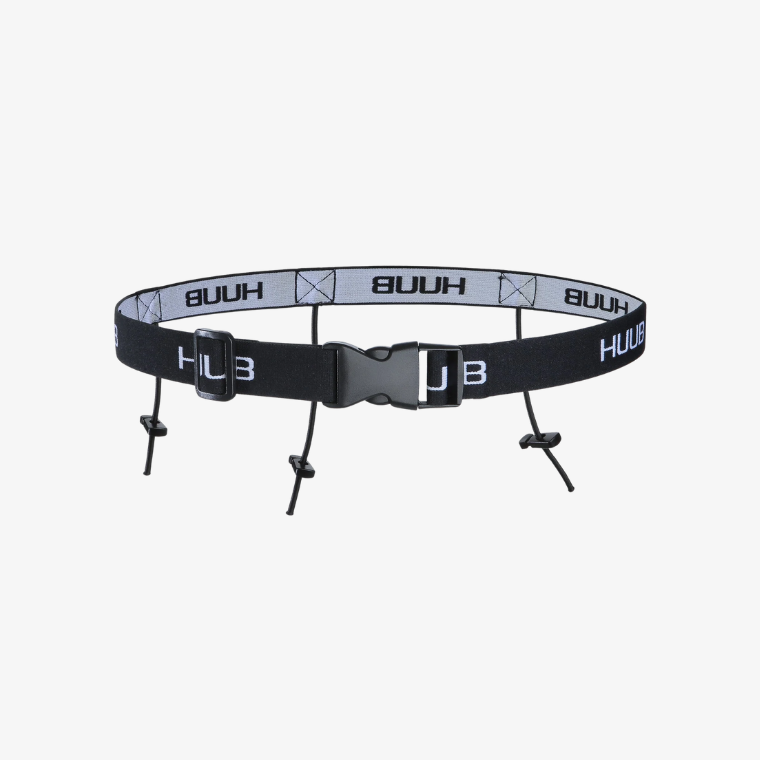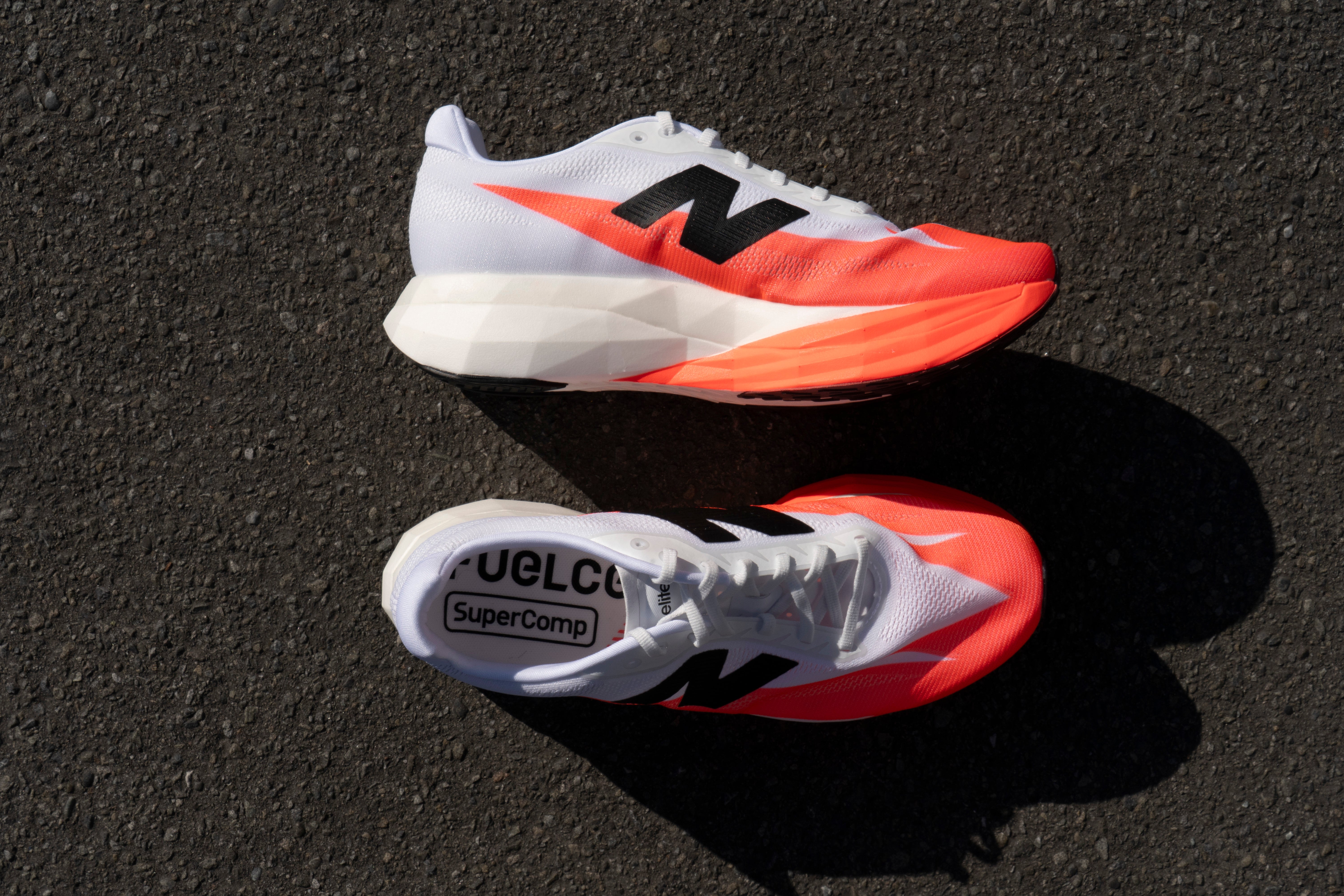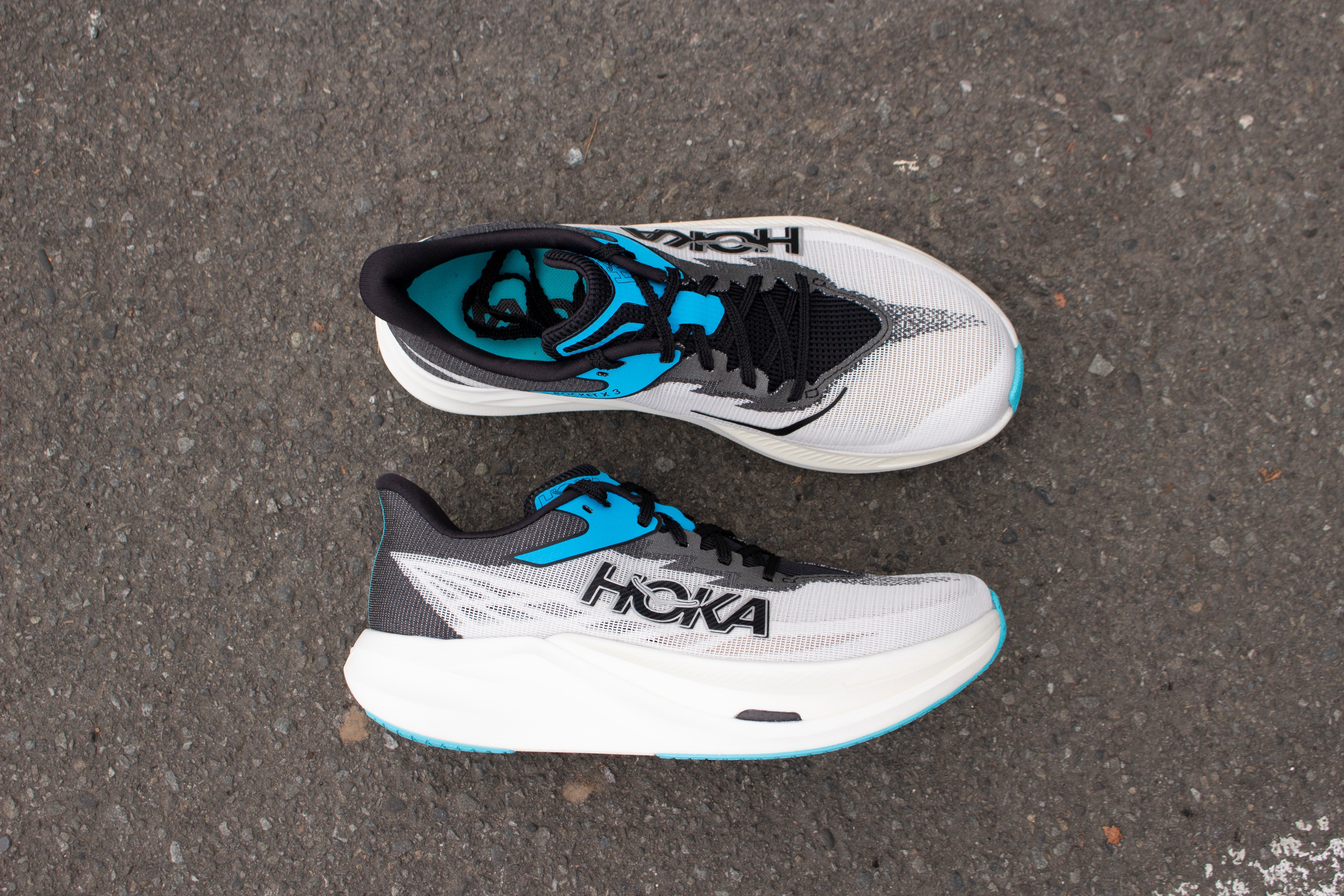The SHIT Recovery Framework: Getting Your Recovery Right
I love a good framework. Especially one with a high degree of practicality and Dr Peter Tierney's SHIT Recovery Framework ticks all the right boxes for me. SHIT, if you haven’t already figured it out, is an acronym - Stiff, Heavy, Irritable, Tired.
Now, if you're anything like the clients I work with, you probably have a collection of recovery tools that looks like the kink section of your local adult toy shop. Compression boots, vibrating massage guns, foam rollers of various shapes and sizes to be forced into various nooks and crannies, not to mention an array of supplements promising everything from reduced stiffness to improved sleep.
But here's the thing - and this is where Dr Tierney's framework is particularly brilliant - recovery isn't about throwing everything and the kitchen sink at the problem. It's about matching the right recovery strategy to how you actually feel.
The Framework Explained
Before diving into the specifics, there are some key questions to consider:
- What are your current goals?
- What do you need to recover from?
- When do you need to recover by?
- How do you feel right now?
It is this last question which leads us to the framework's components:
Stiff: Unable to move as freely as desired
Heavy: That "heavy-legged" feeling with high soreness
Irritable: Poor mood, distracted, frustrated
Tired: Sleepy, poor focus, unmotivated
Now, before we dive into the specific strategies for each state, there's something important to note. If you're experiencing two of these states (you feel a little bit SHIT), you should consider combining strategies. If you're experiencing three (you are feeling quite SHIT), it's time to adjust your training and stimulus.
And if you're experiencing all four? Well, that's when you're truly in SHIT, and it's time to seriously consider reducing your training load.
Starting with Stiff
When movement feels restricted, the framework suggests three primary interventions:
- Movement (yes, sometimes the best thing for stiffness is more movement)
- Massage
- Warming/contrast bathing
This is where many athletes get it wrong. They reach for the foam roller or massage gun when they're feeling heavy or tired, when these tools are actually most appropriate for addressing stiffness.
Heavy Legs
That post-training heaviness has two primary solutions:
- Repair with protein and carbohydrate
- Ice/water/compression/BFR (Blood Flow Restriction)
Notice how different these interventions are from those for stiffness? This is why blindly following a one-size-fits-all recovery protocol can be ineffective.
The Irritable Athlete
This is where things get interesting. The framework suggests:
- Meditation
- Yoga
- Mindfulness
- Sauna
Fascinating how none of these interventions involve physical manipulation or nutrition, isn't it? When we're irritable, it's our nervous system that needs attention, not our muscles.
However… This is where I would deviate slightly from Dr Tierney’s framework. In my experience, being irritable can just as easily be a sign that you are in a low energy state - you haven’t eaten enough relative to your outputs and you are underfuelled.
If you are a parent, you will recognise how irritable children can become when they are either hungry and/or tired. That tantrum can be muted by some food and a lie down. Those who compete in ultra’s will recognise similar states of emotion, where those trailside tears and tantrums, and your reversal to go any further, can be addressed by some carbohydrates and a good rest.
So yes, practice your mindfulness and meditate to help calm your nervous system. But make sure you have had nerve-calming carbohydrates first.
Tired but Wired
For the tired athlete, the framework poses some important questions:
- Have you had enough sleep?
- Can you nap today?
- Can you sleep more tonight?
It also suggests considering:
- Physical primers (light movement to "wake up" your nervous system - think dynamic stretches, bodyweight exercises, or a 5-10 minute brisk walk)
- Carbohydrate (not enough) and caffeine (too much) intake
- Hydration status
The Hierarchy of Recovery
One of the most valuable aspects of this framework is how it highlights a hierarchy of recovery needs. Before you invest in expensive recovery tools or supplements, ask yourself:
- Are you sleeping enough?
- Are you eating enough (particularly protein and carbohydrate)?
- Are you well hydrated?
These fundamental aspects of recovery are often (read as: almost always) overlooked in favour of more exciting or technologically advanced solutions. But they form the foundation upon which all other recovery strategies are built.
Implementation
The beauty of this framework lies in its simplicity. It's designed to be used as a morning check-in tool, particularly when you're in-season and competing (rather than base building*). Start by asking yourself, "How do I feel?" Then match your recovery strategy to your current state. This is far more effective than blindly following a prescribed recovery protocol that might not address your actual needs.
*If you don’t base build, understand what it is and why it is important, and just do the same things throughout the year, then you have a bit more homework to do.
When Things Get Real: Training Adjustments
When you're experiencing multiple components of the SHIT framework, it's time to get serious about adjustments. Here's what you need to consider:
Two Components: Simply combining recovery strategies might be sufficient. For example, if you're both stiff and heavy, you might combine some gentle movement with compression and ensure adequate protein/carb intake.
Three Components: This is where you need to make meaningful training adjustments. These might include:
- Reducing training volume (distance/time) by at least 30-50%
- Dropping intensity work completely
- Replacing harder sessions with easy aerobic work
- Focusing on technique rather than performance
- Converting planned training sessions into recovery sessions
- Taking an extra rest day (taking a combined 48 hours is especially effective)
All Four Components (Full SHIT): When you hit this point, it's time for drastic measures:
- Take 2-3 complete rest days
- Drop training volume by at least 50% for the following week
- Remove all high-intensity work for at least 7-10 days
- Focus solely on recovery activities
- Consider a complete training reset
Remember, these adjustments aren't failures - they're strategic decisions that prevent bigger issues down the line. It's better to take a small step back now than be forced to take a massive leap back later through injury or burnout.
A Final Word
Recovery is complex, and it's almost impossible to provide all the answers in one framework. Dr Tierney's framework is necessarily high-level, but that's part of its genius. Recovery isn't about doing more - it's about doing what's appropriate.
The framework provides an elegant solution to the common problem of mismatched recovery strategies, but it assumes you have the basics in place - good sleep, nutrition, and stress management practices. Without these fundamentals, no amount of fancy recovery tools will make a significant difference.
The next time you're reaching for that massage gun, ask yourself - am I actually stiff, or am I just tired? The answer might surprise you, and more importantly, it might lead you to a more effective recovery strategy.
Credit: The SHIT Recovery Framework was developed by Dr Peter Tierney
Instagram: @drpetertierney
